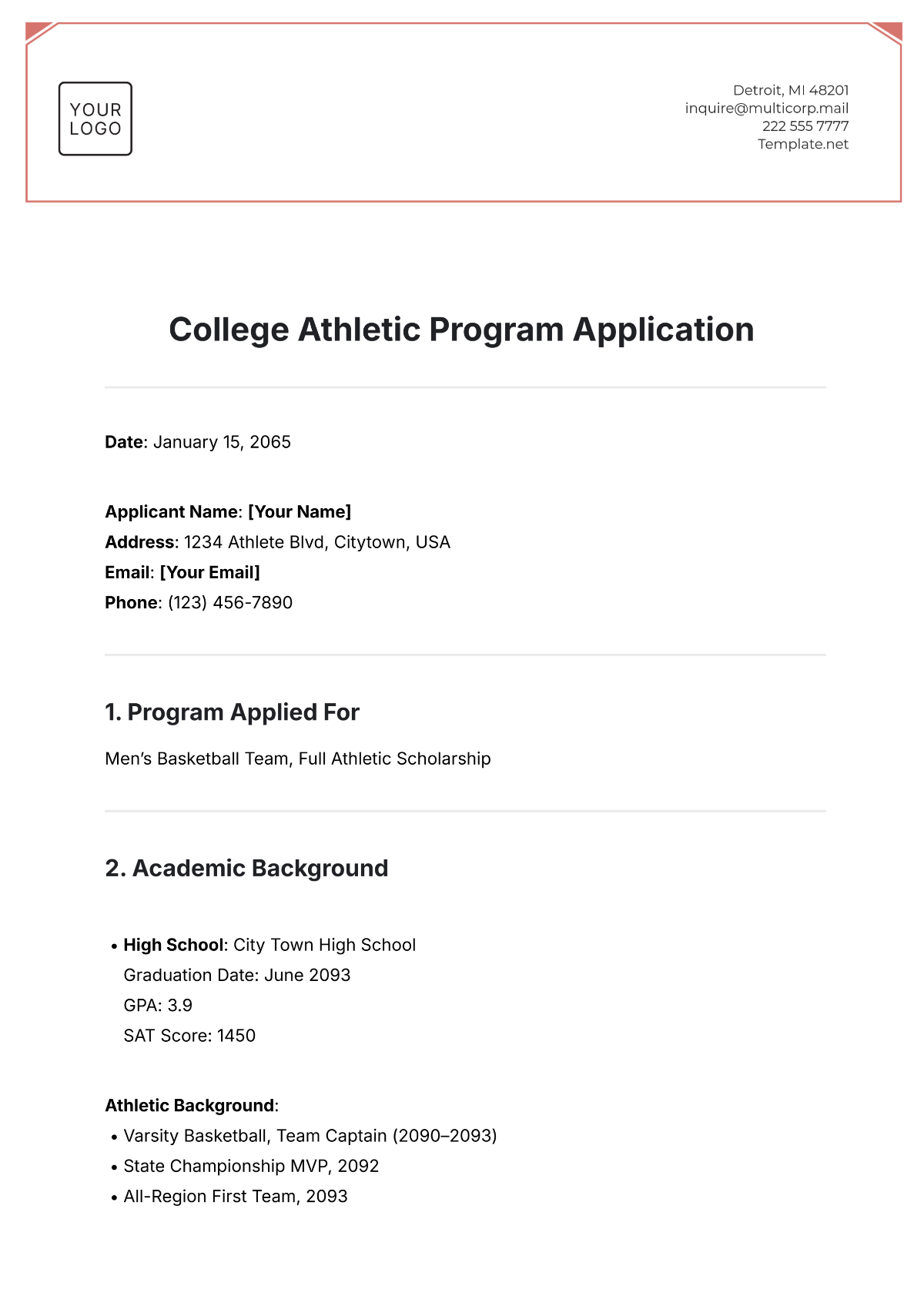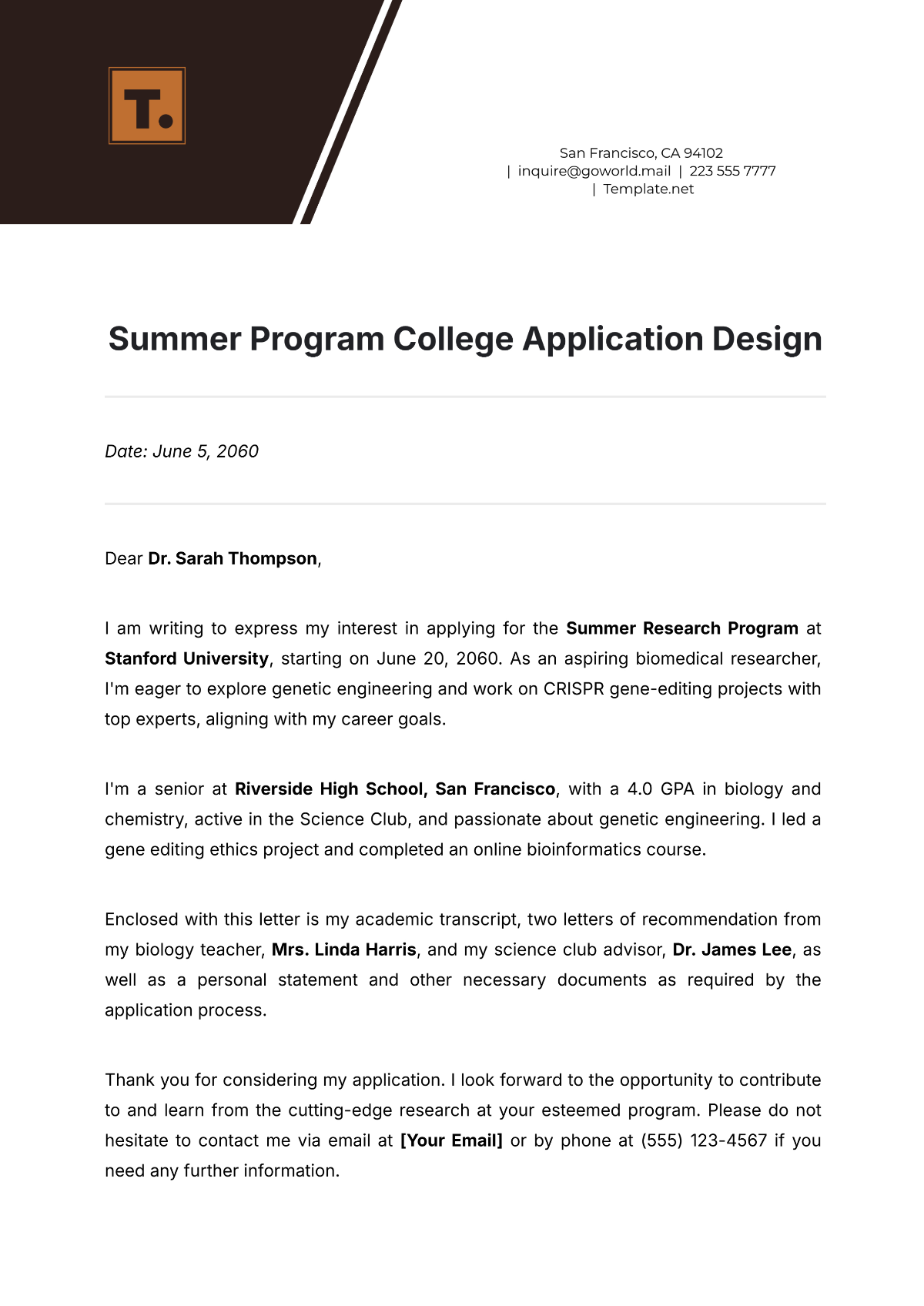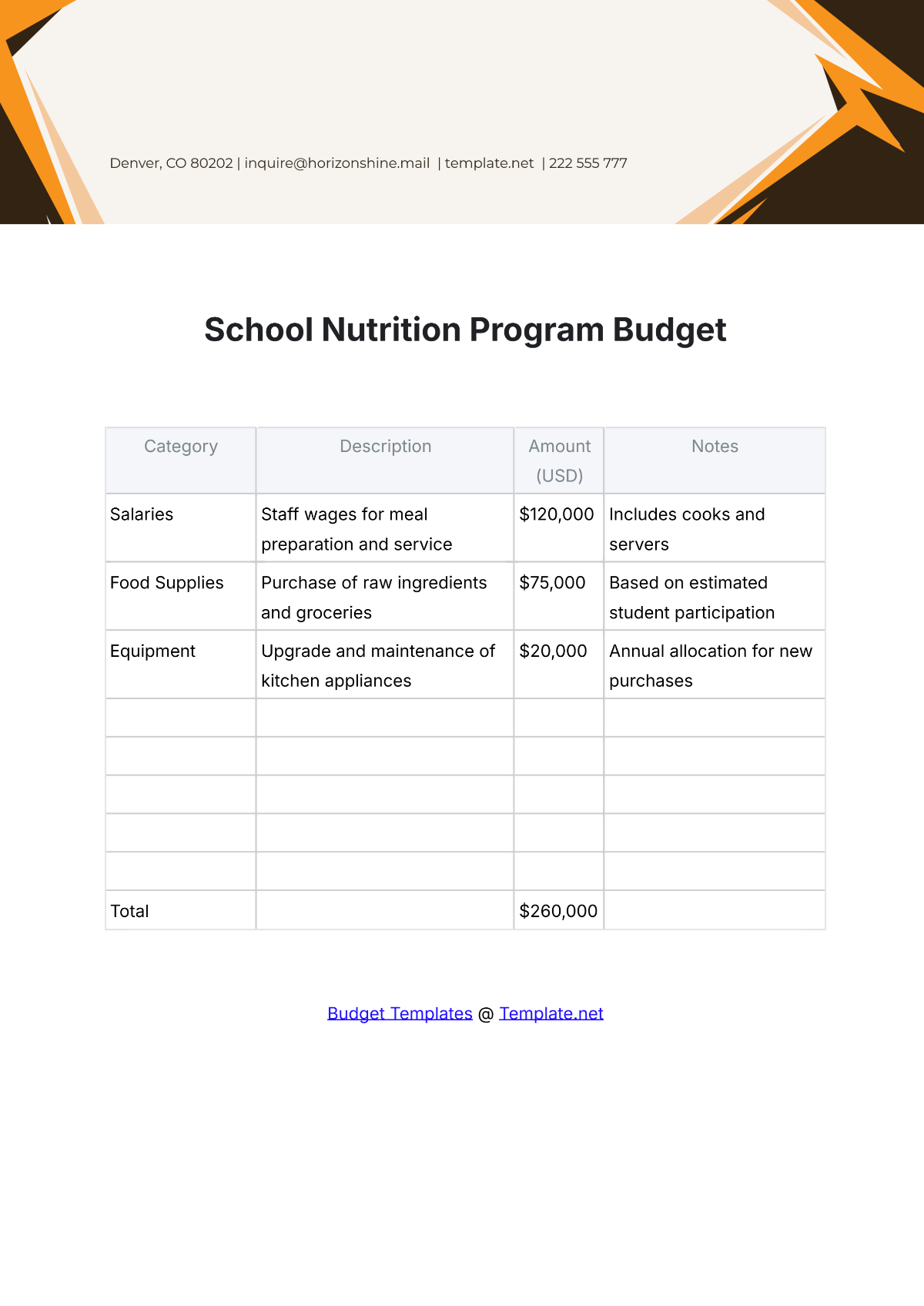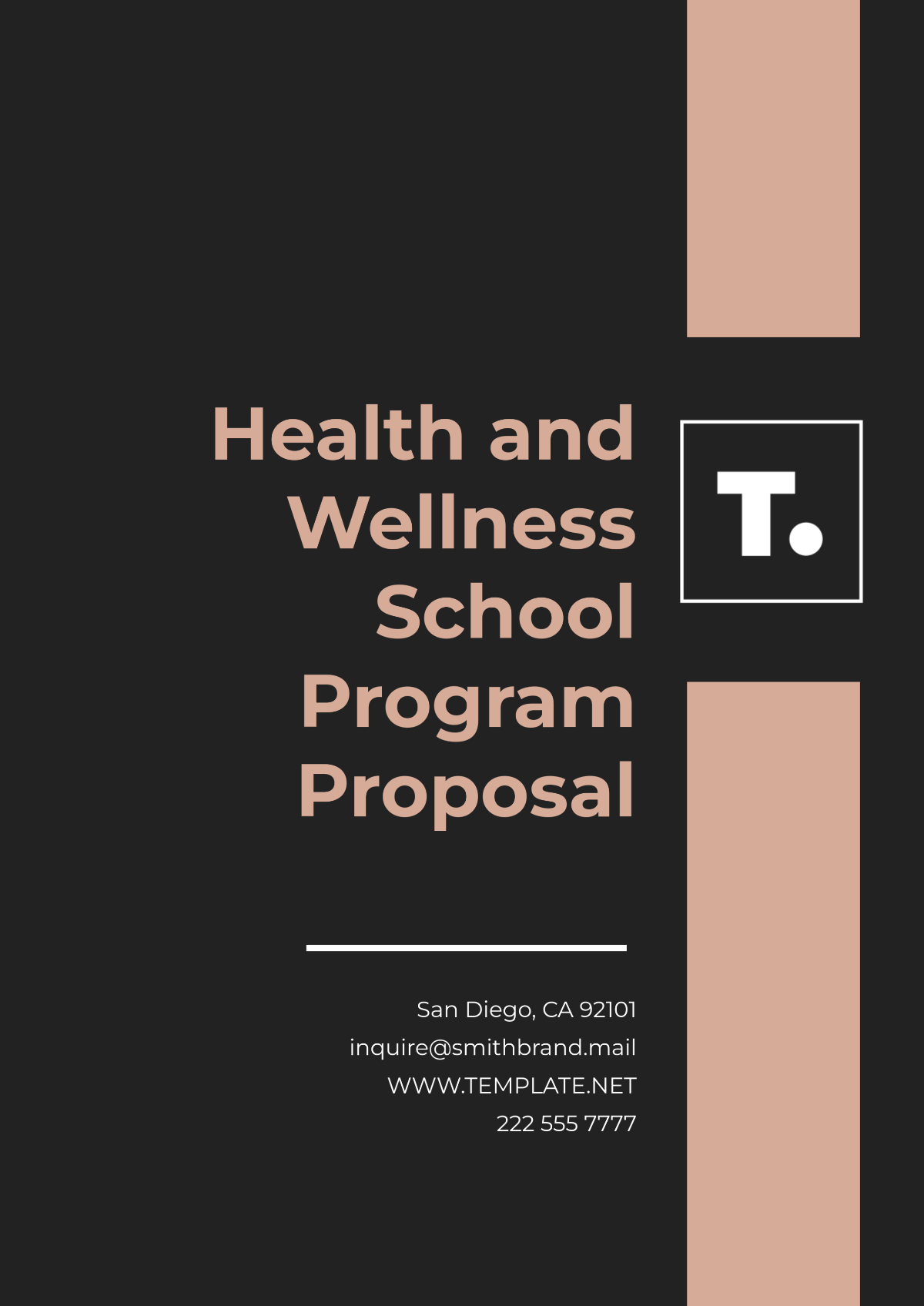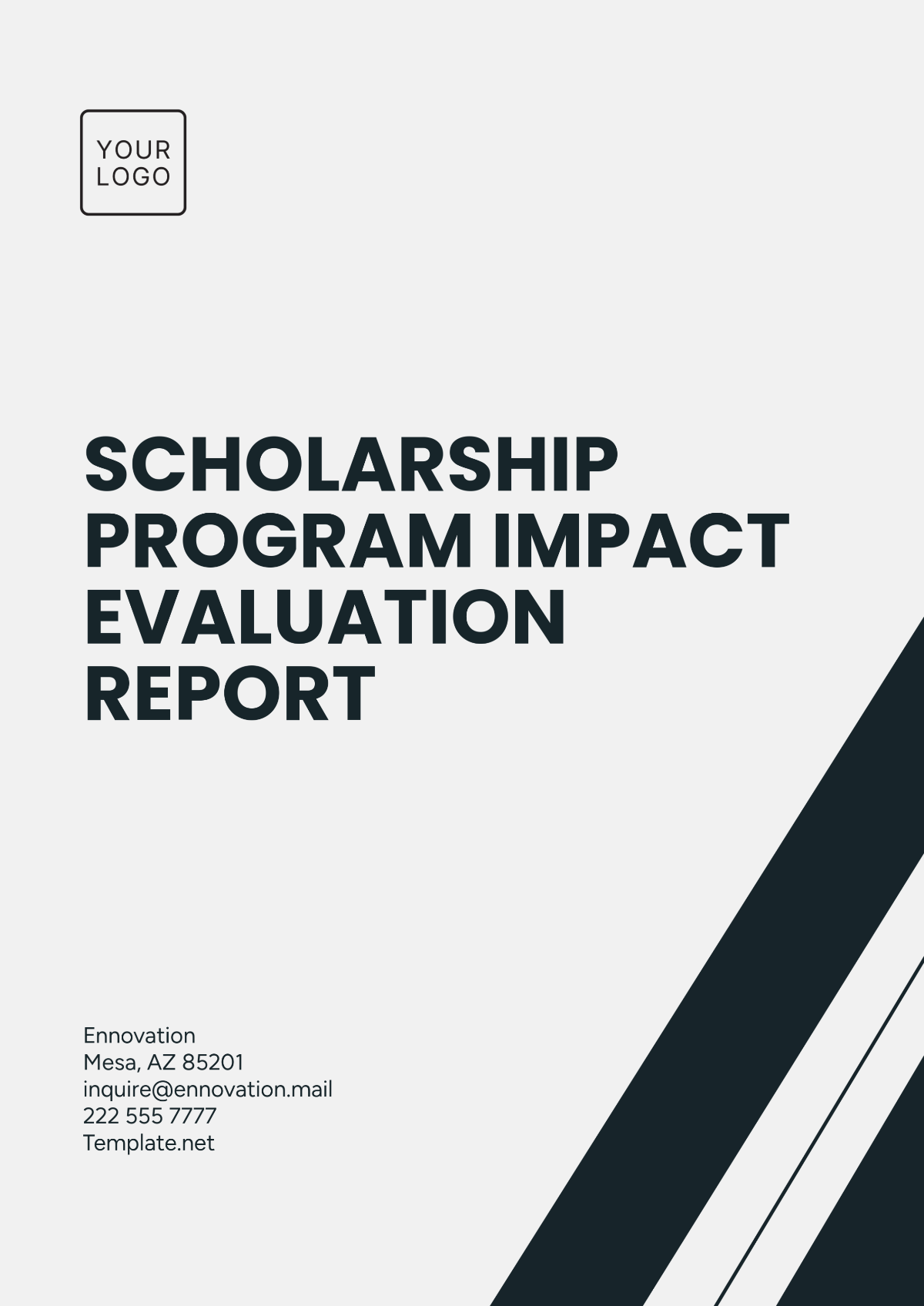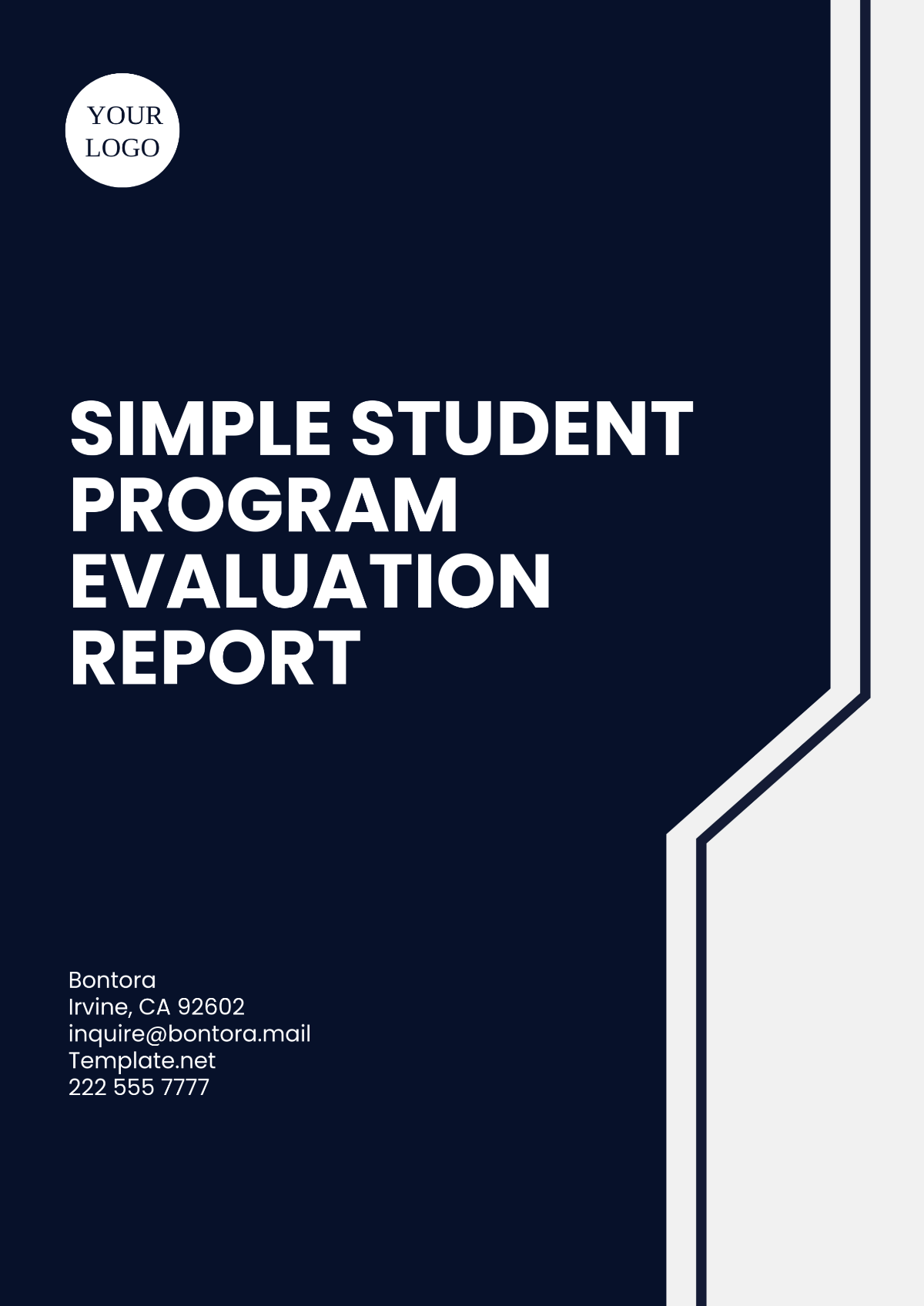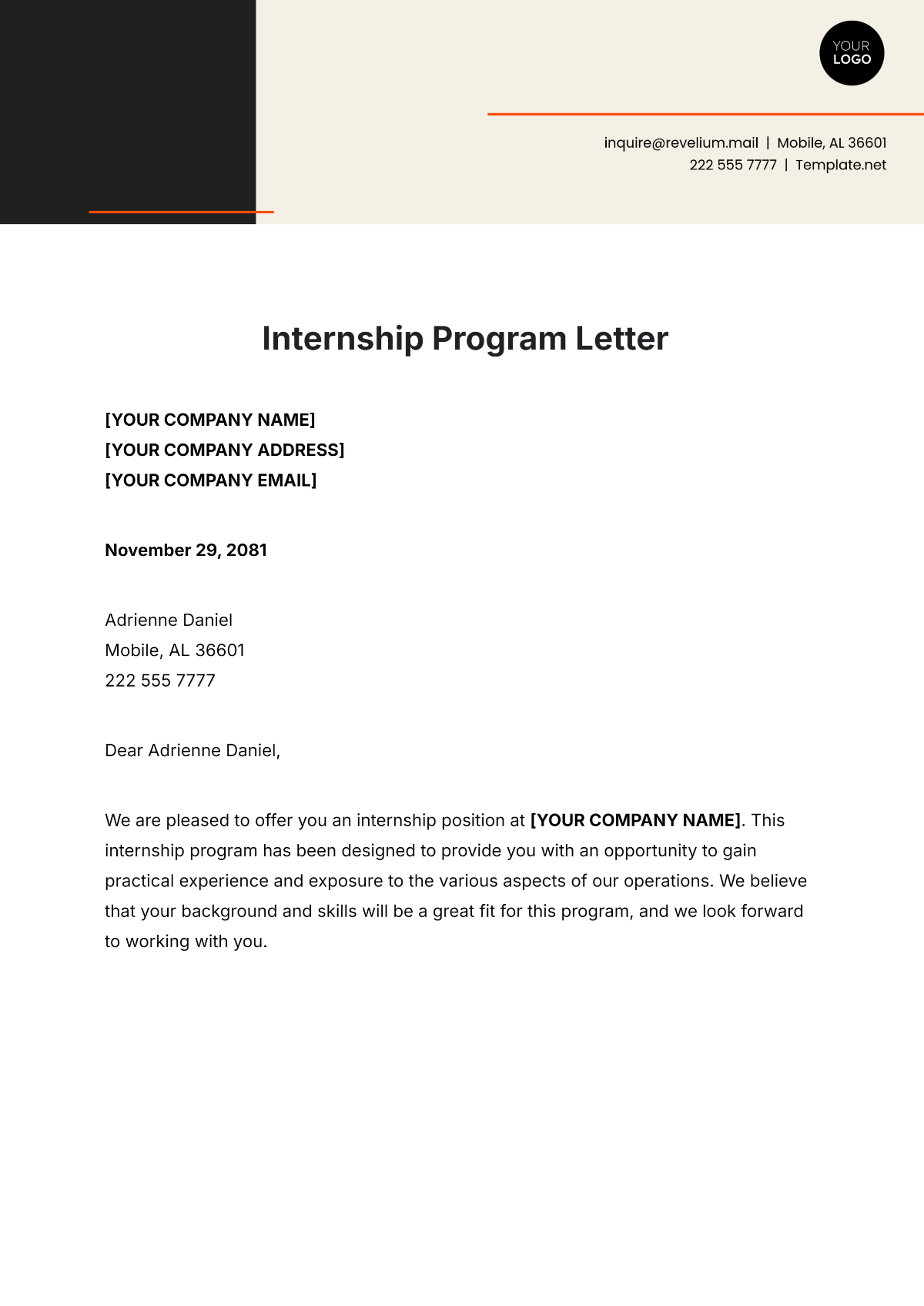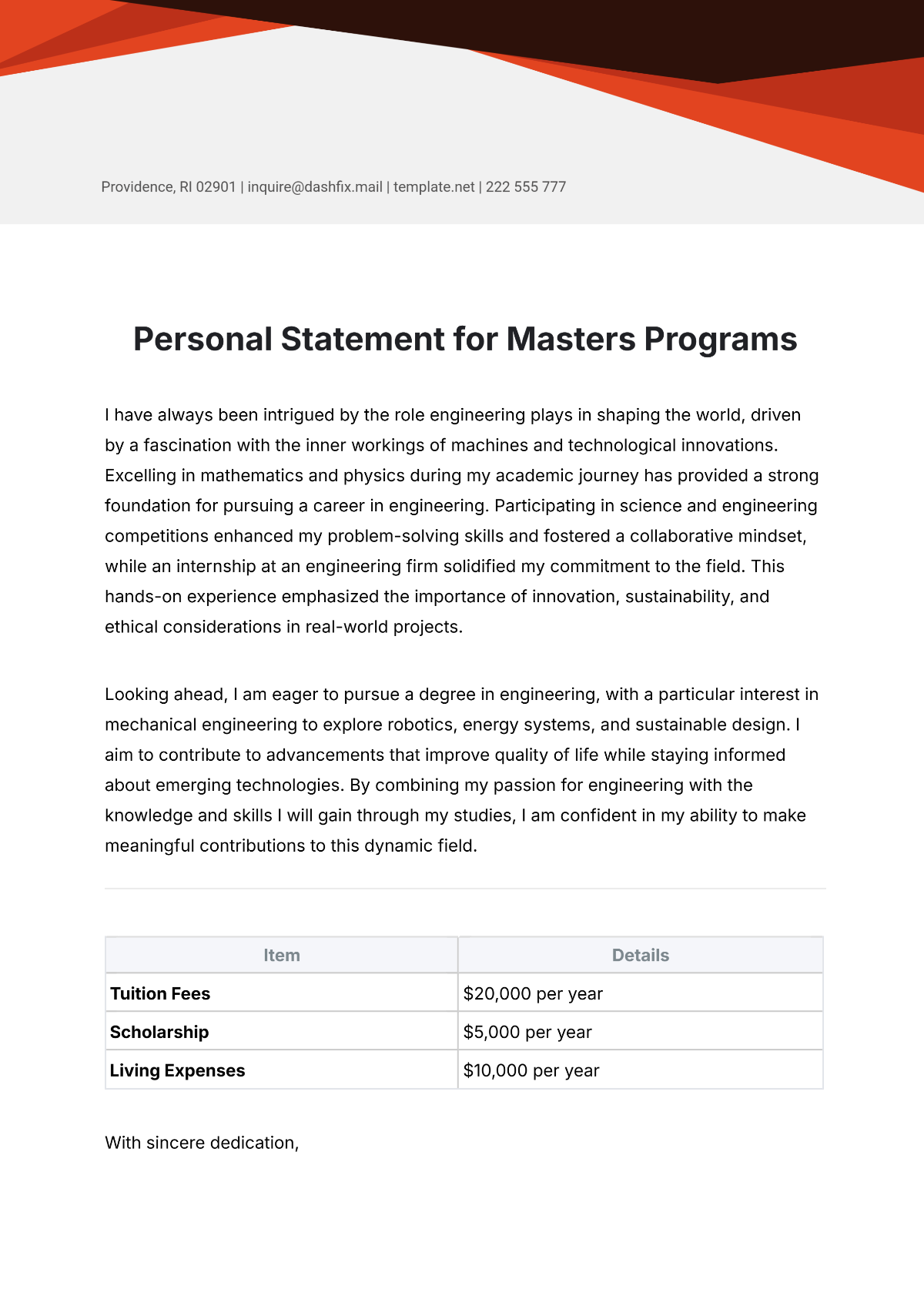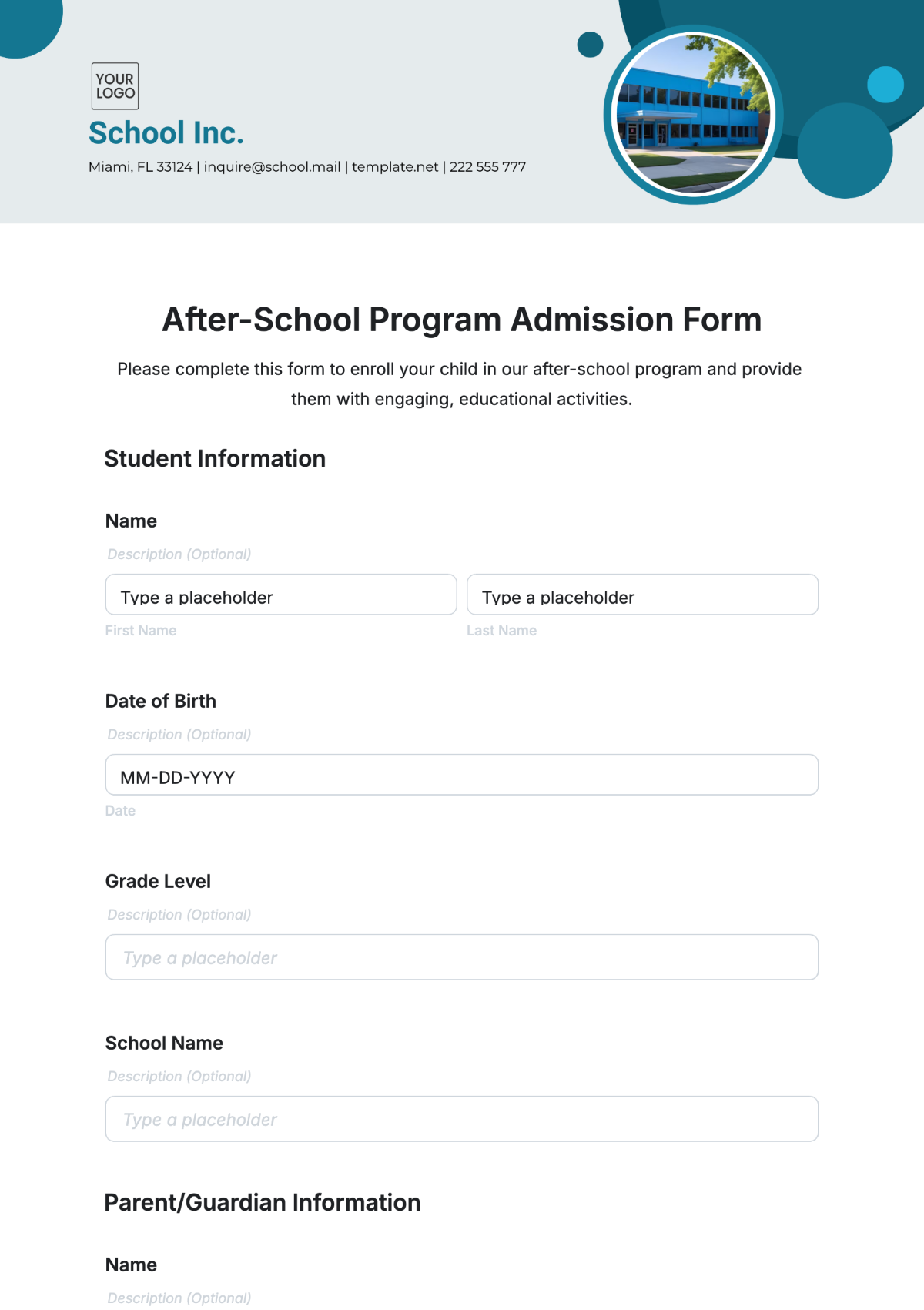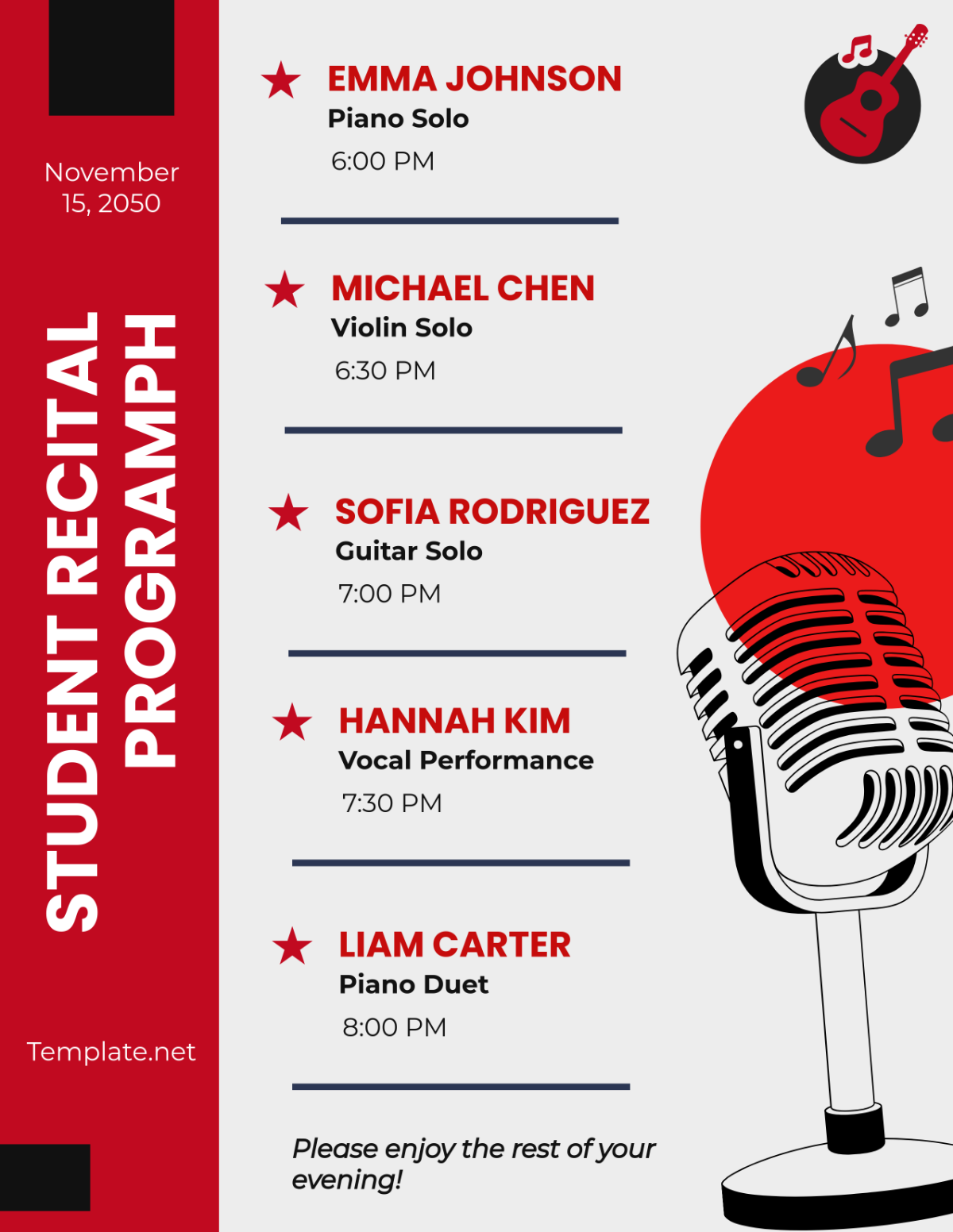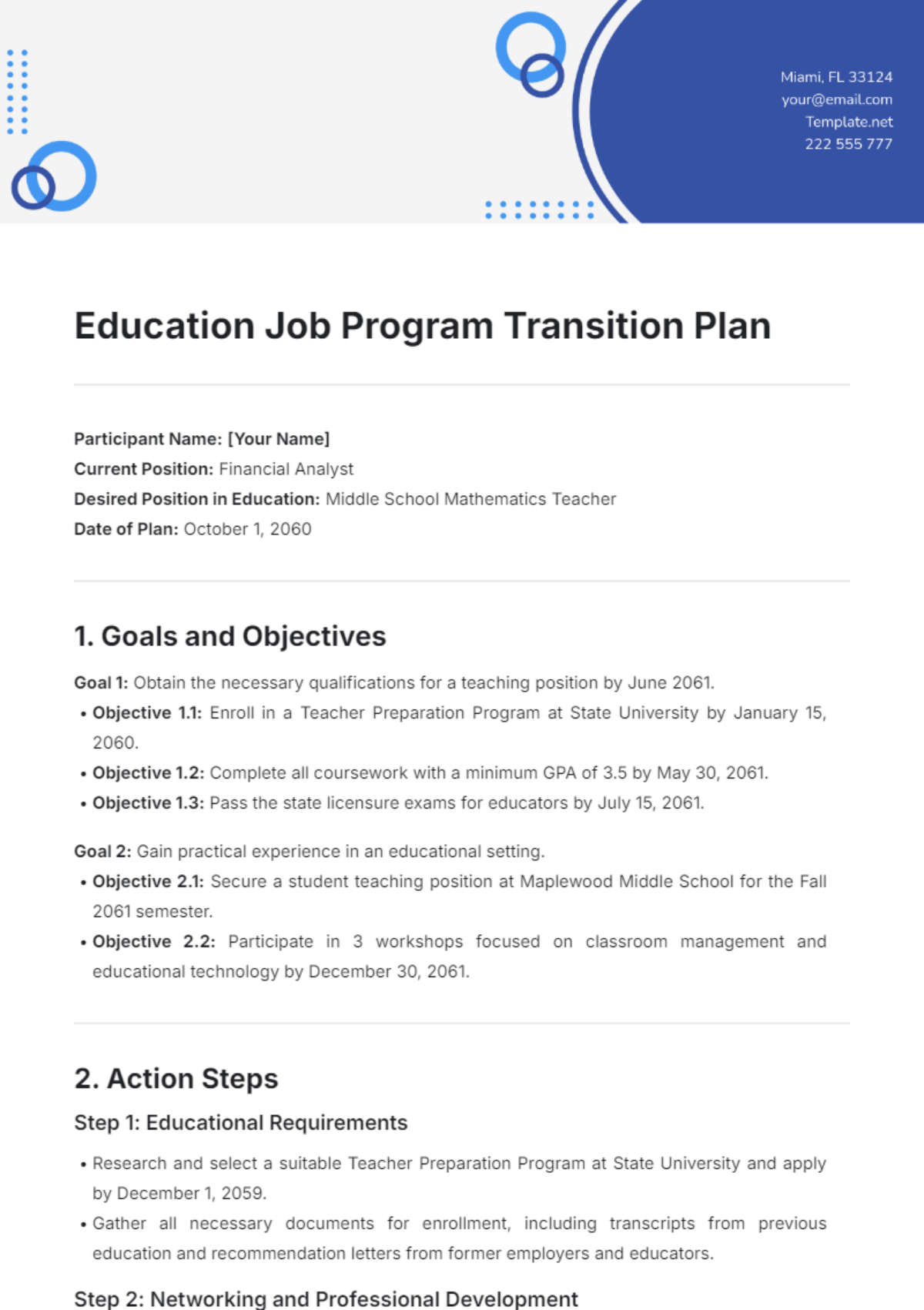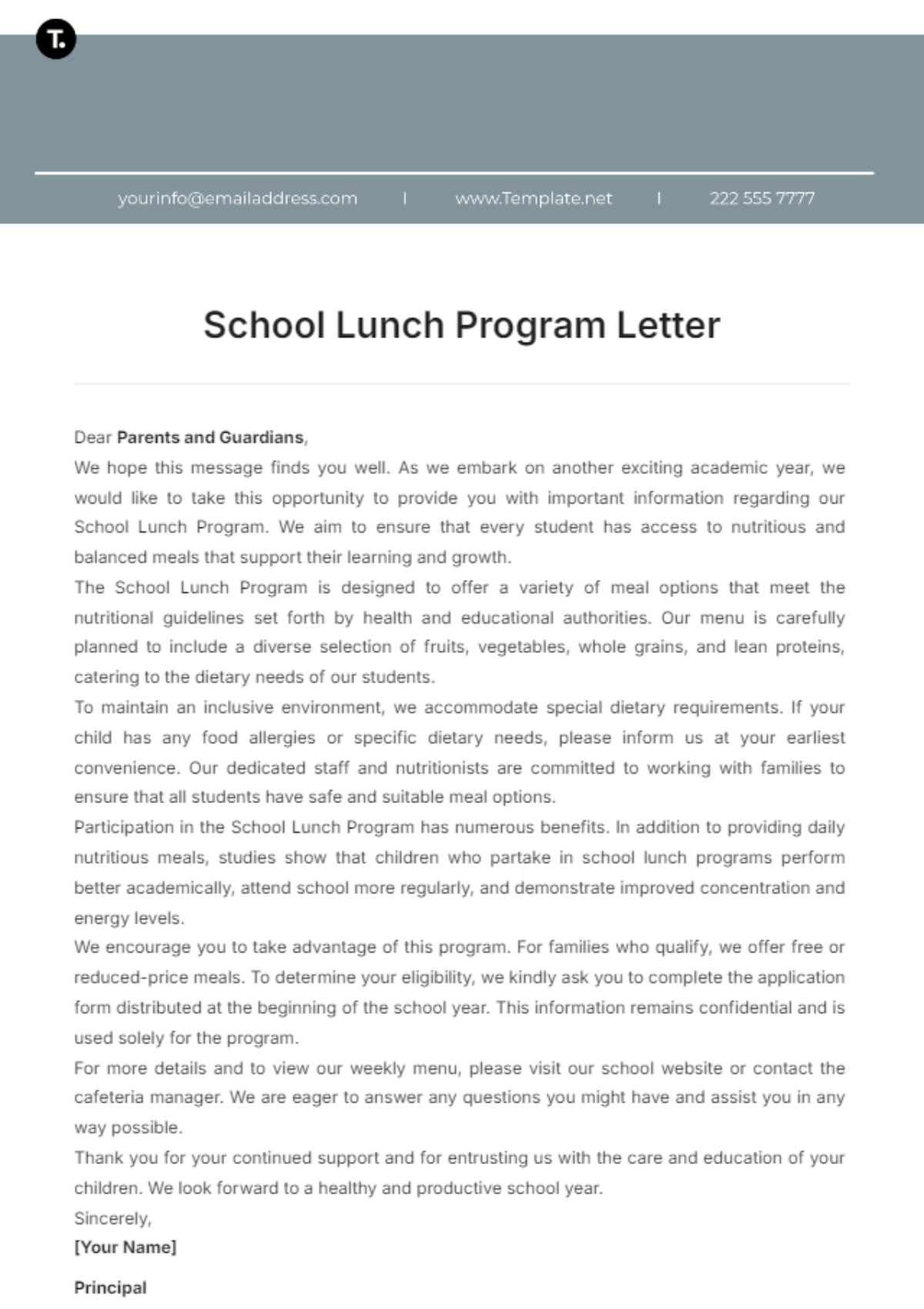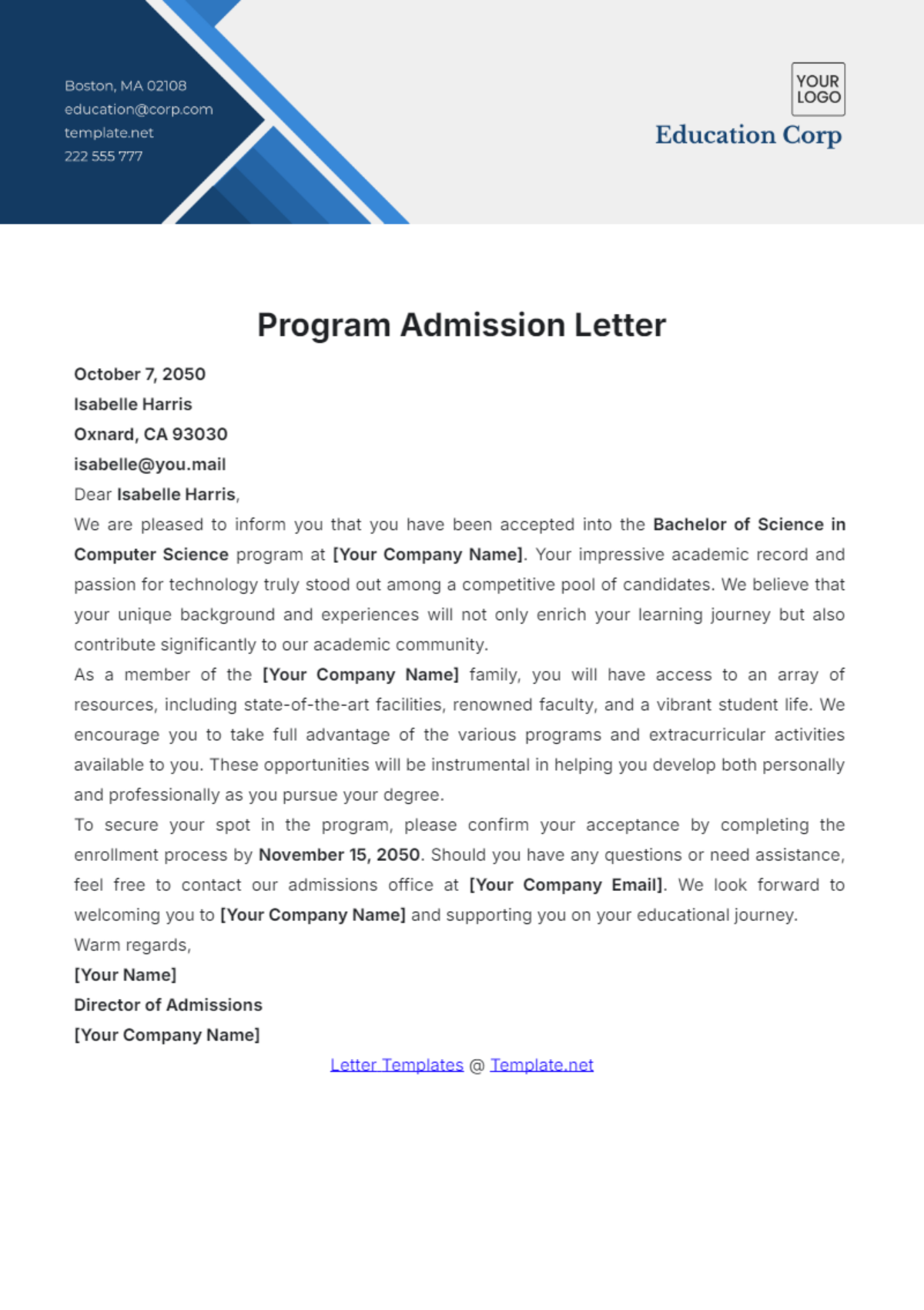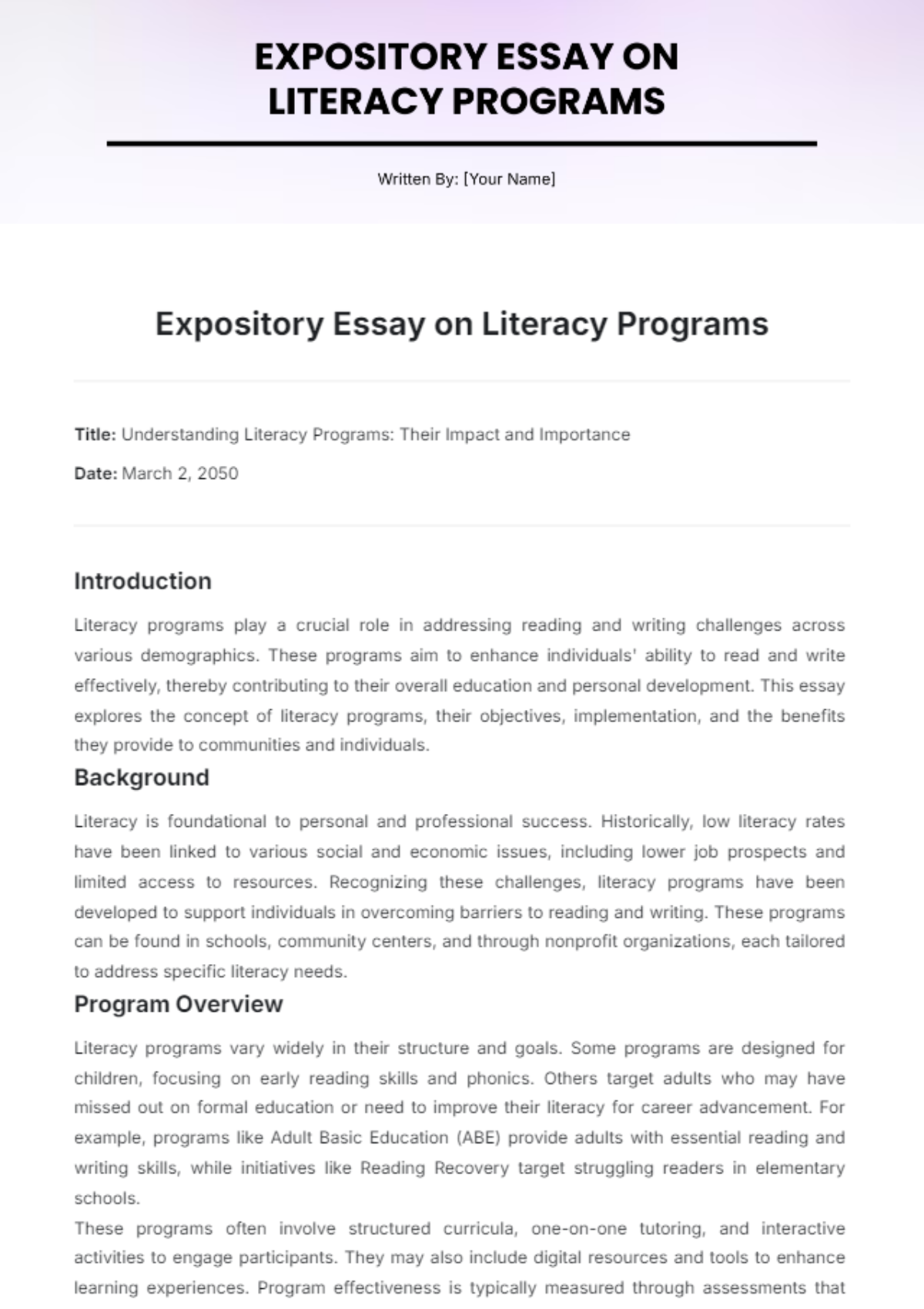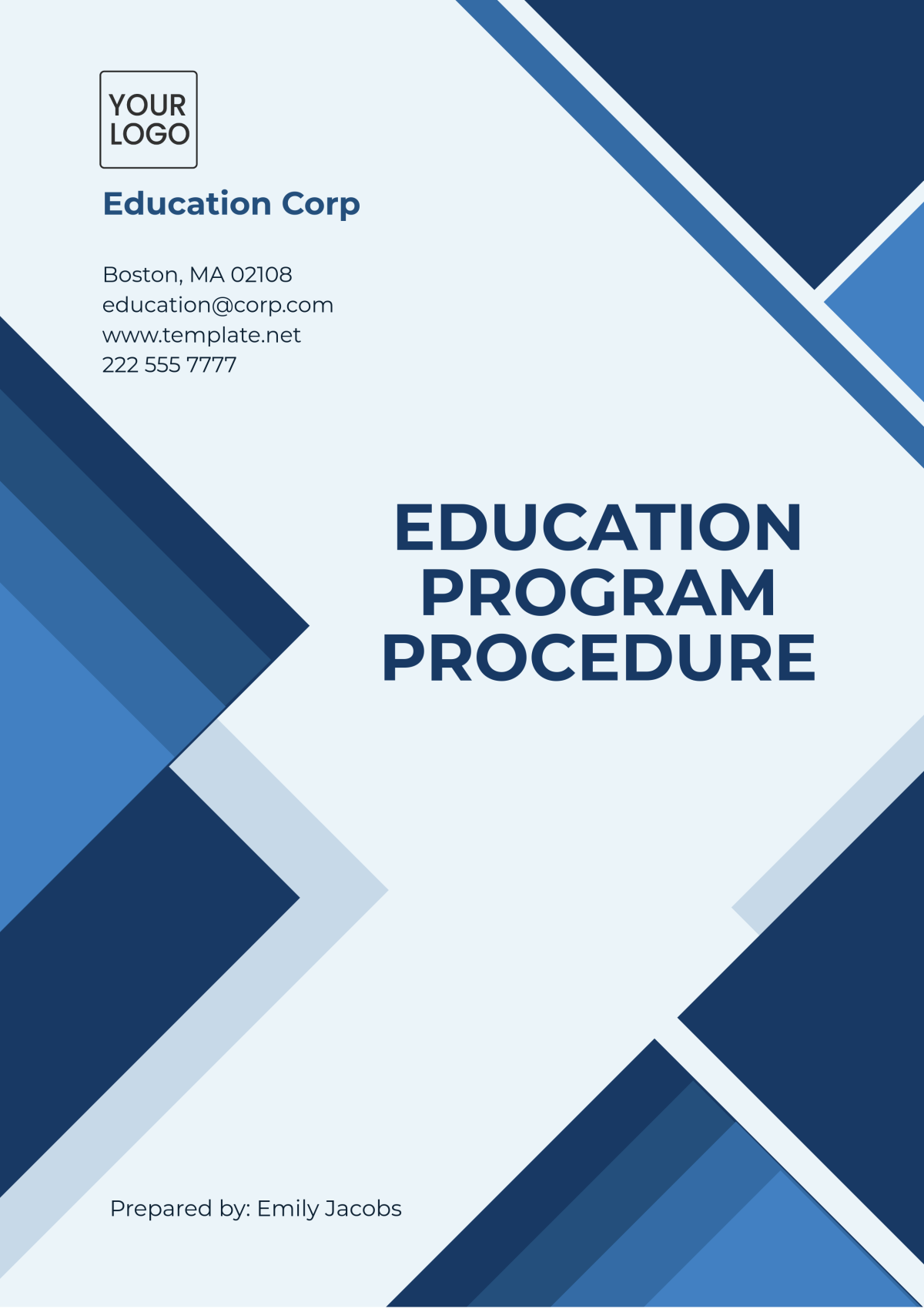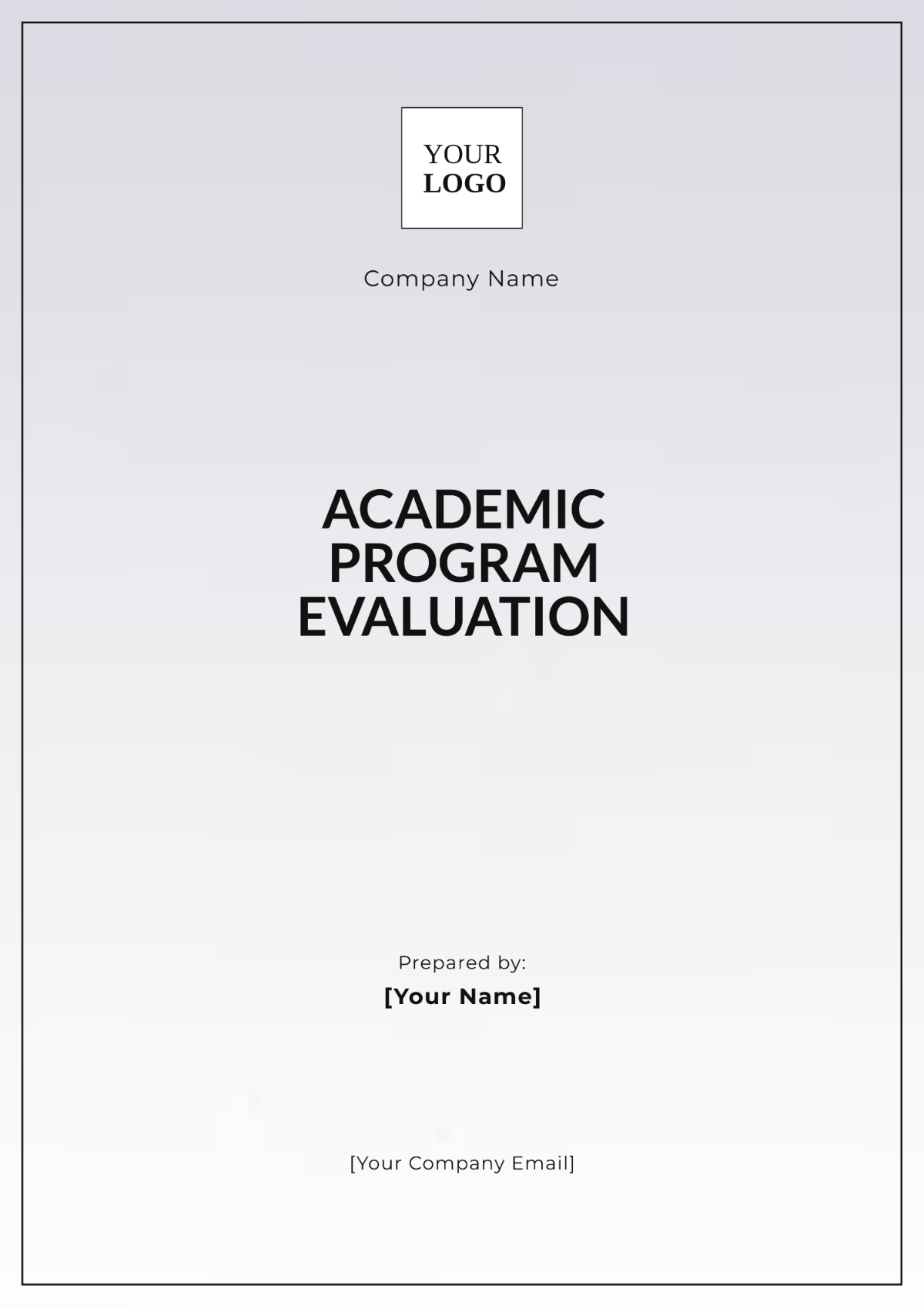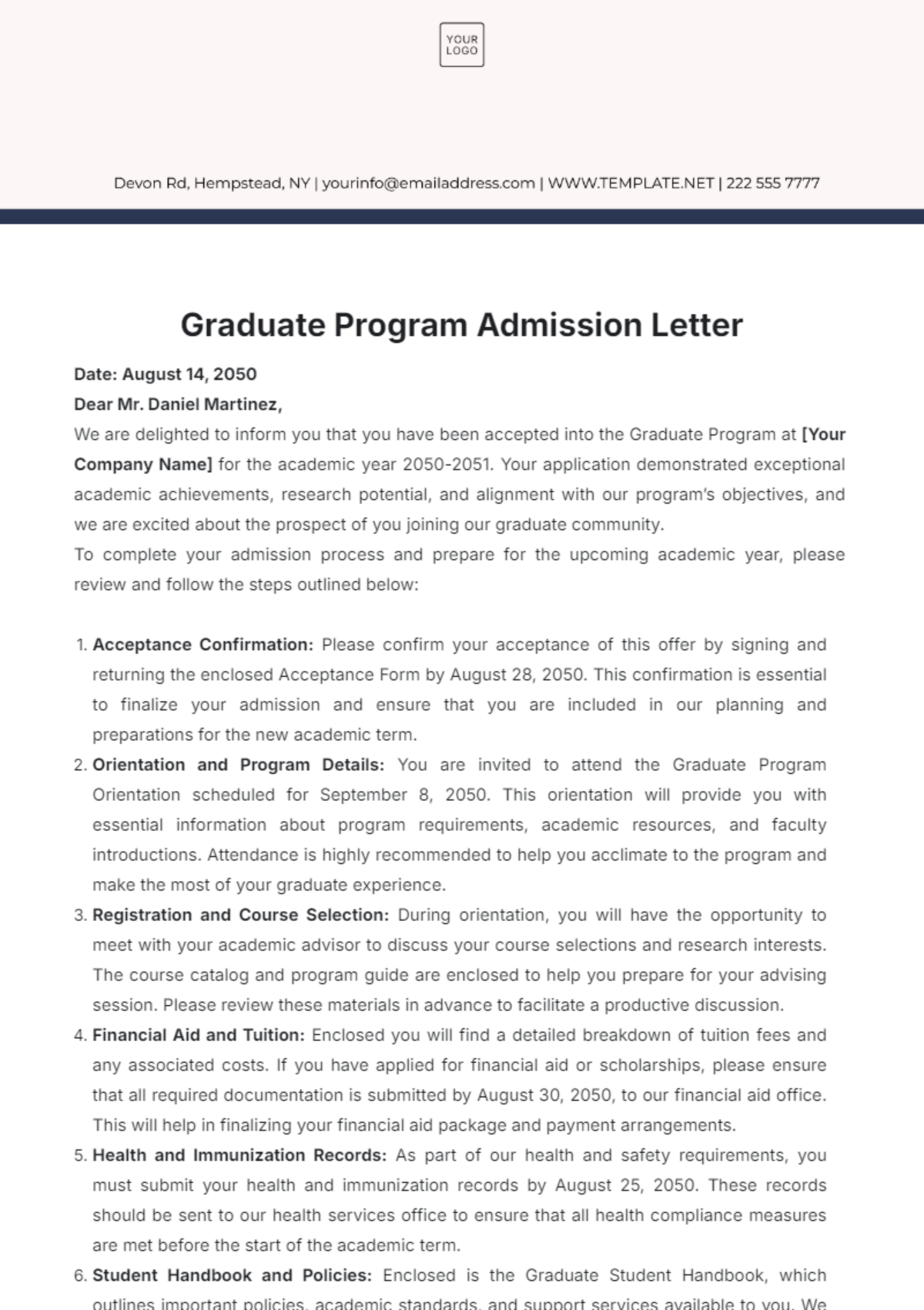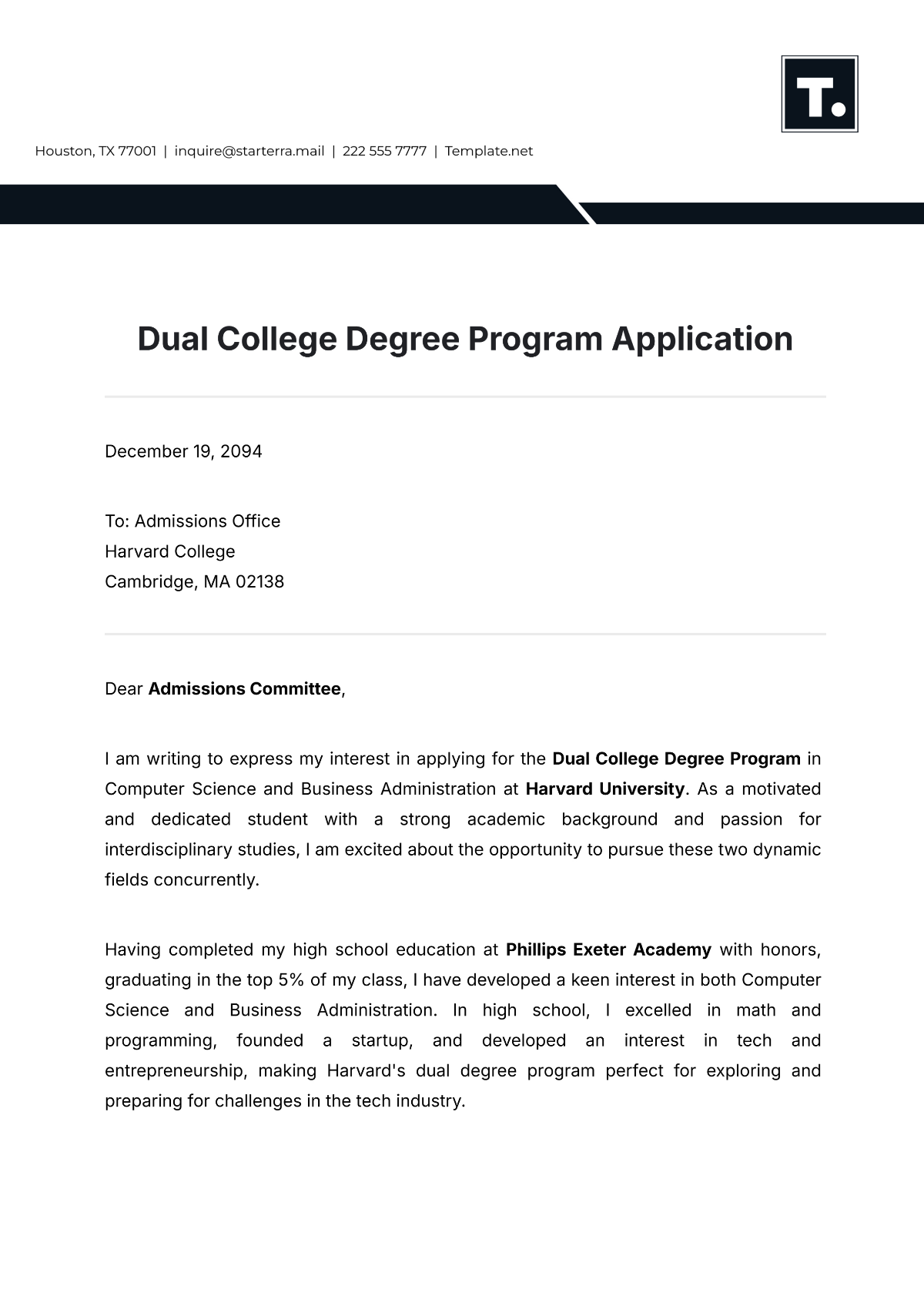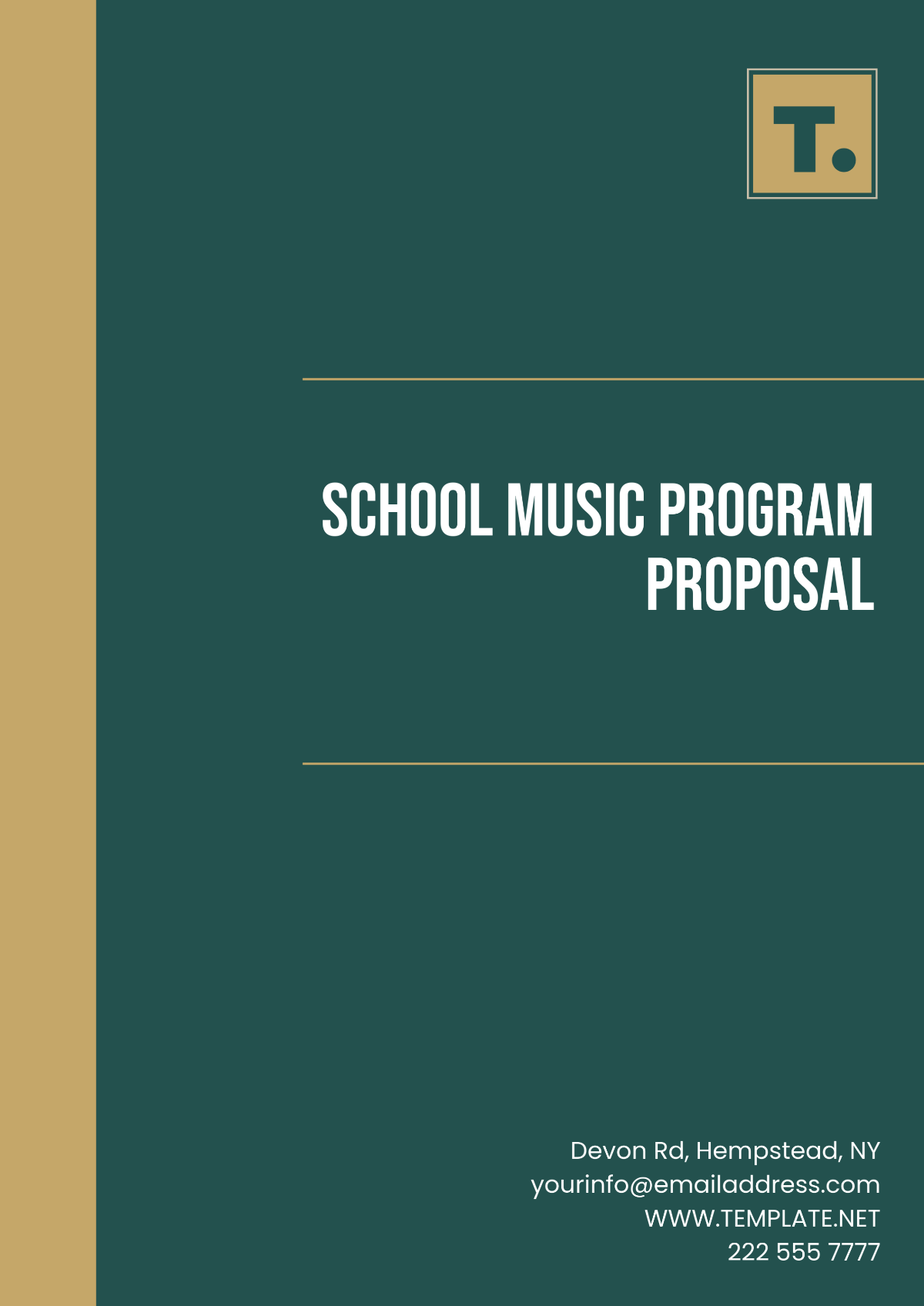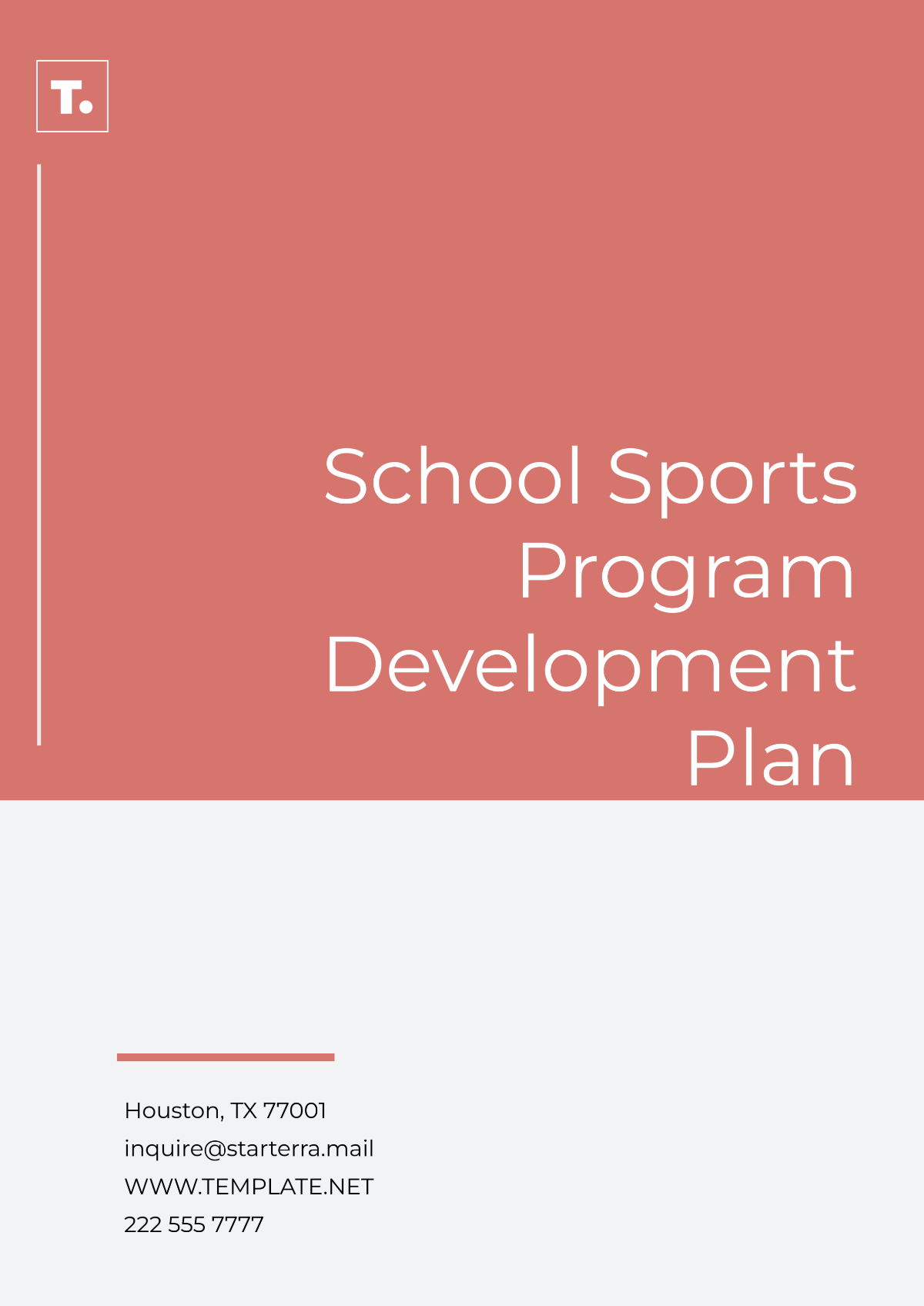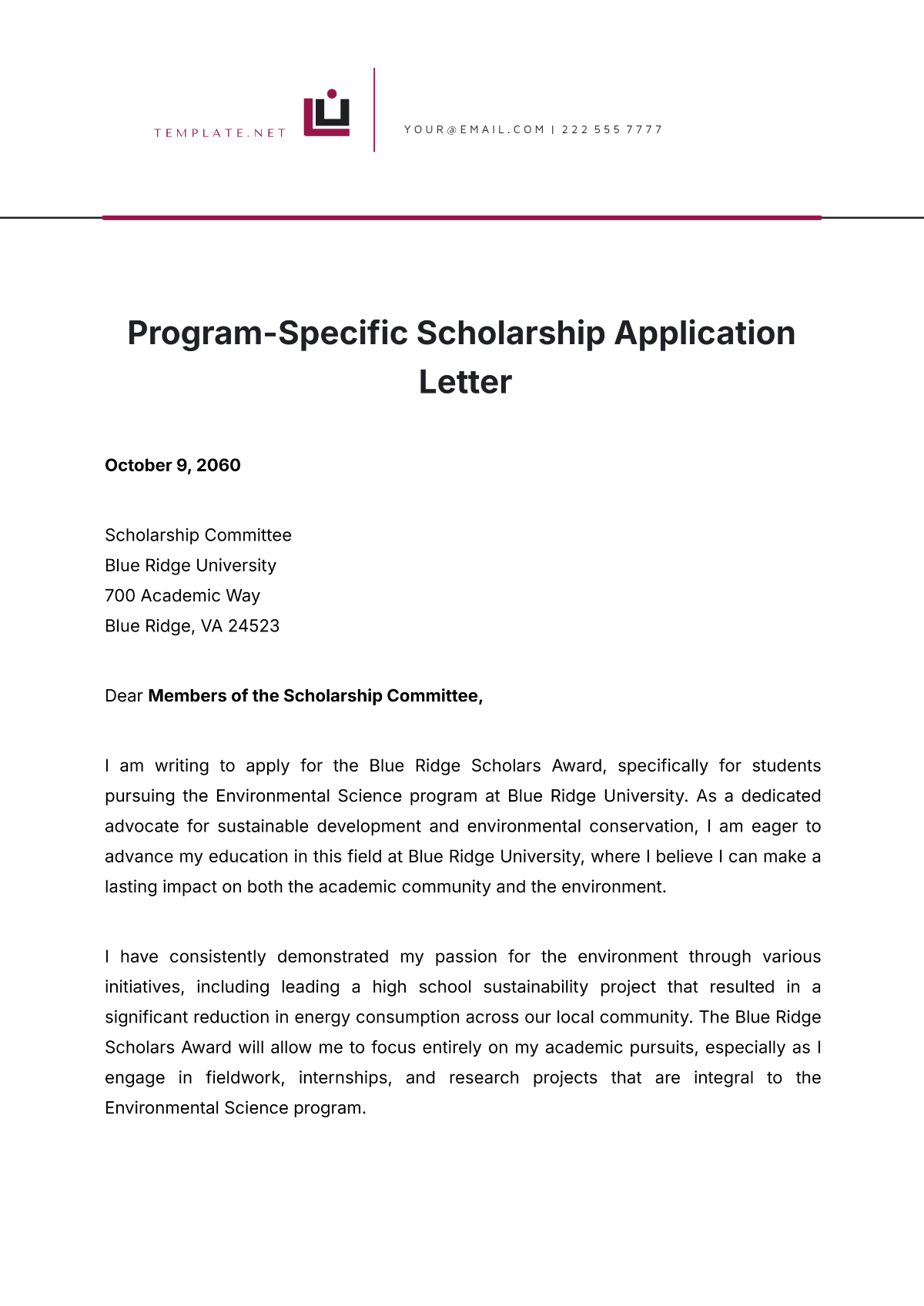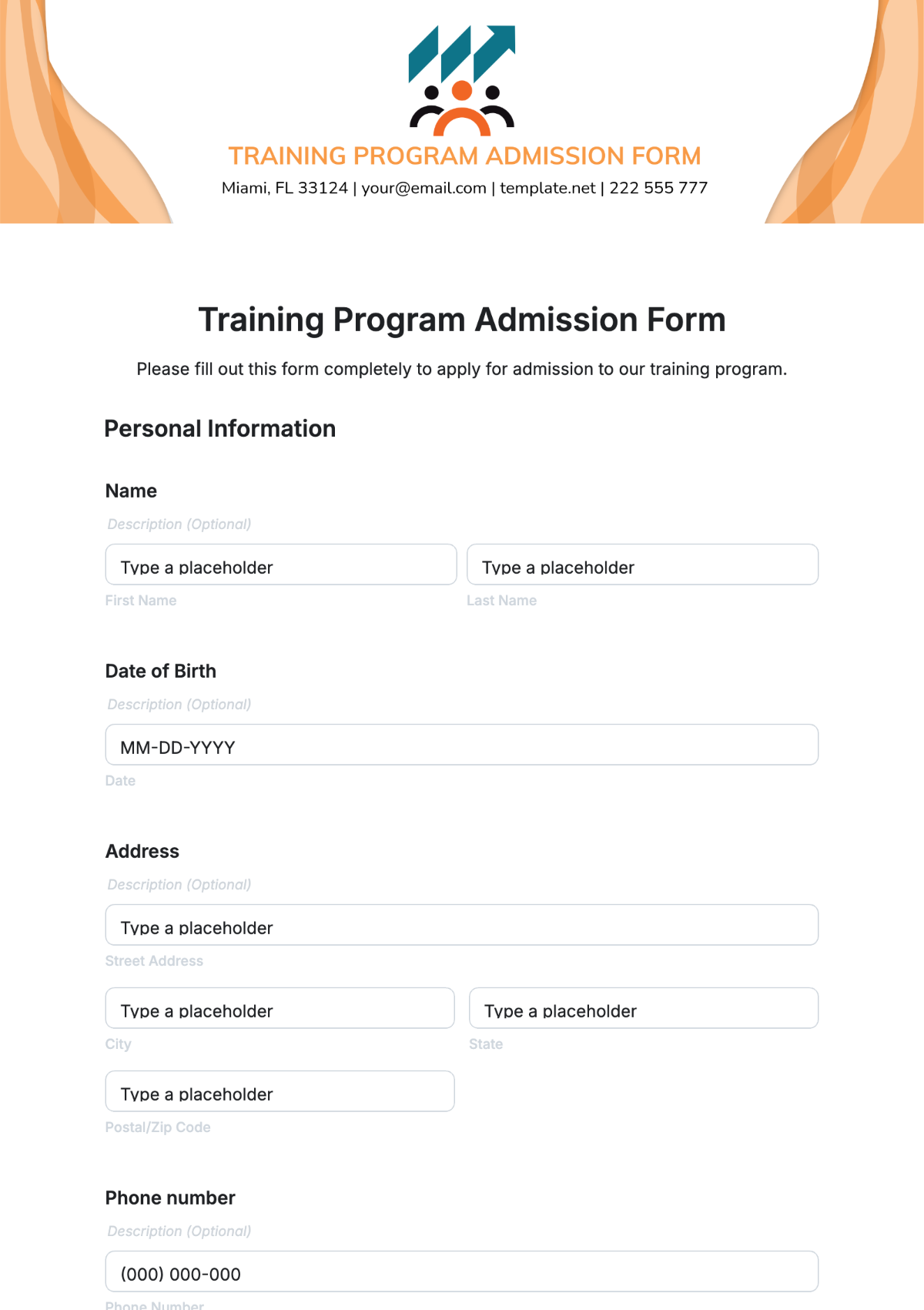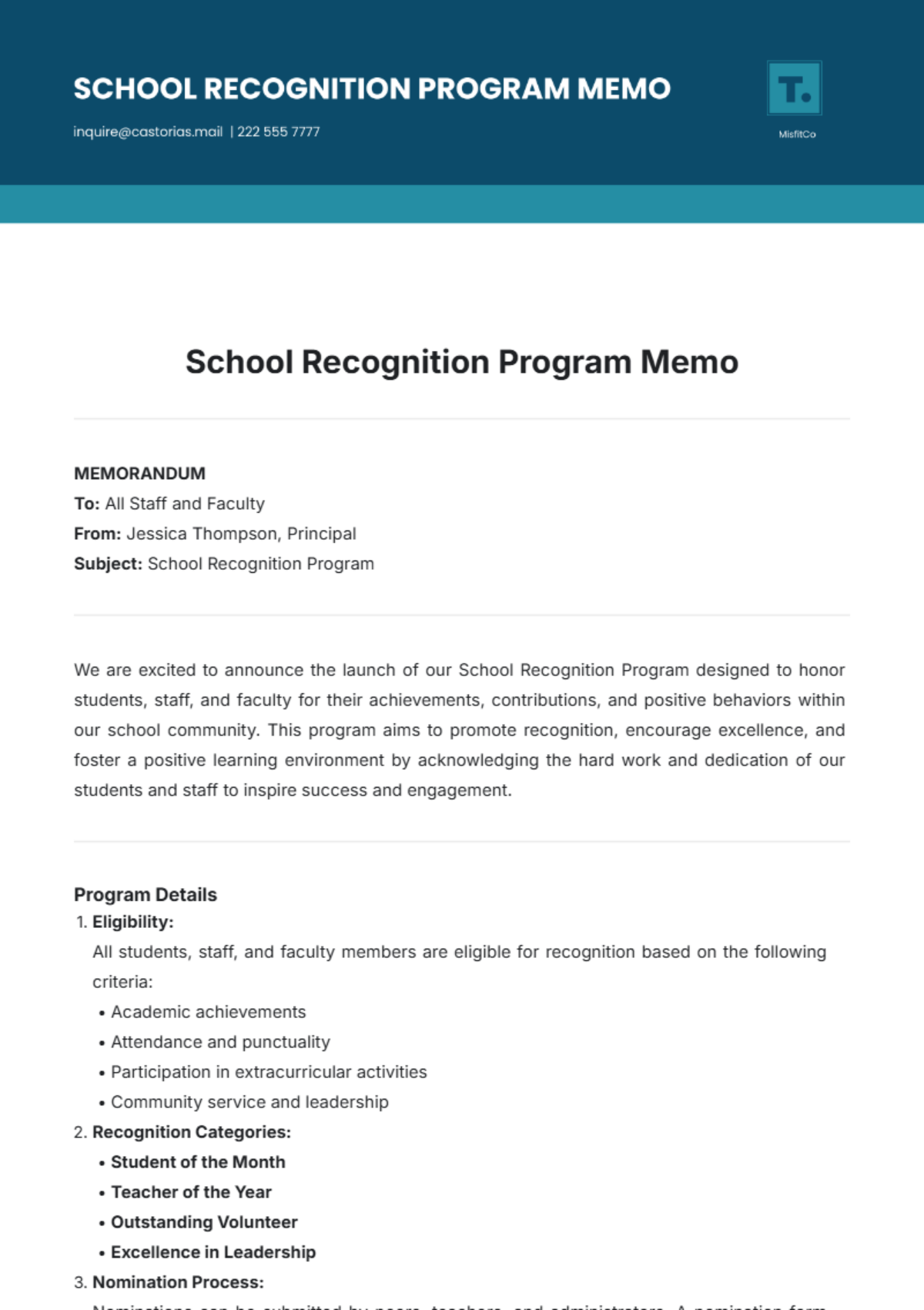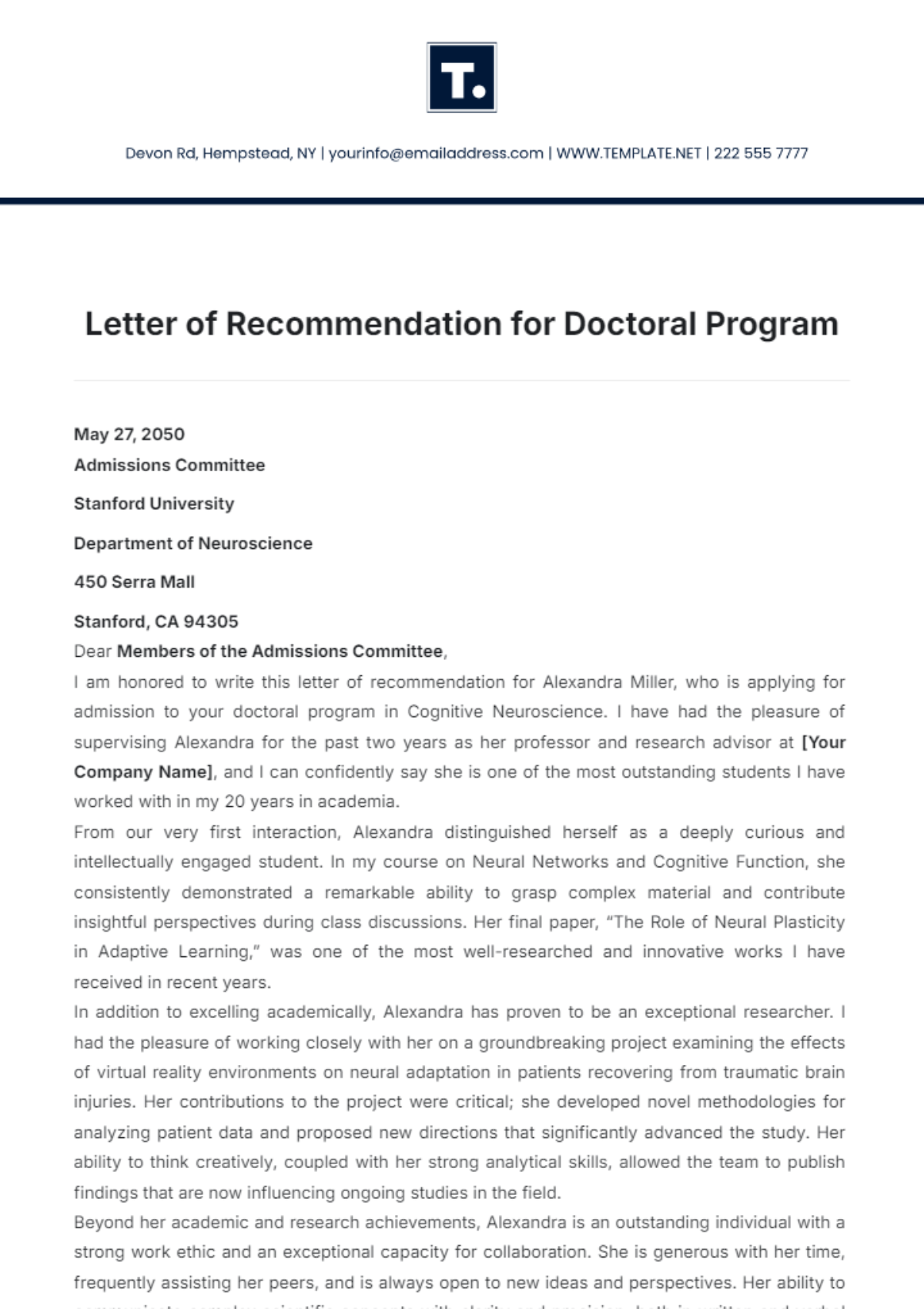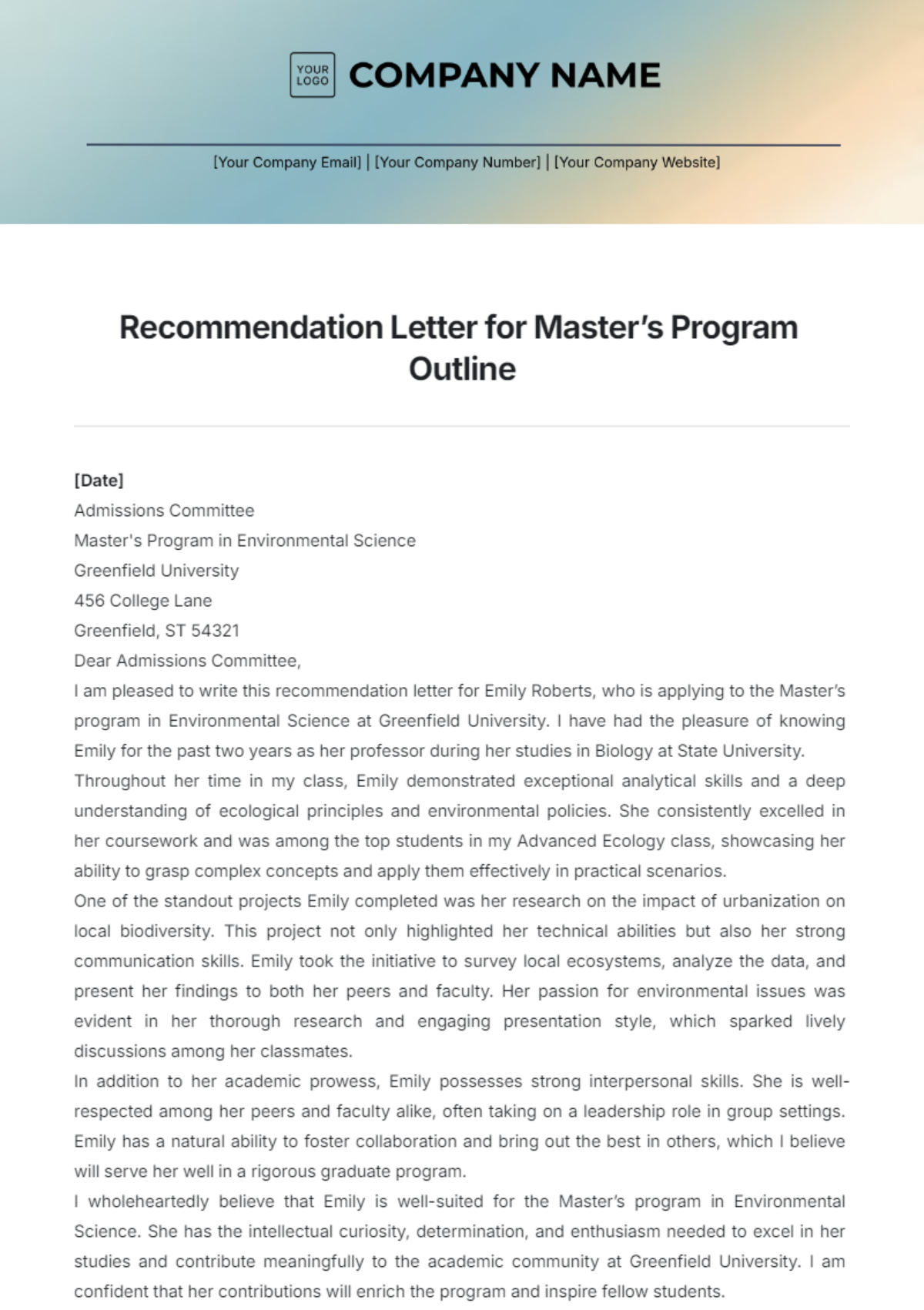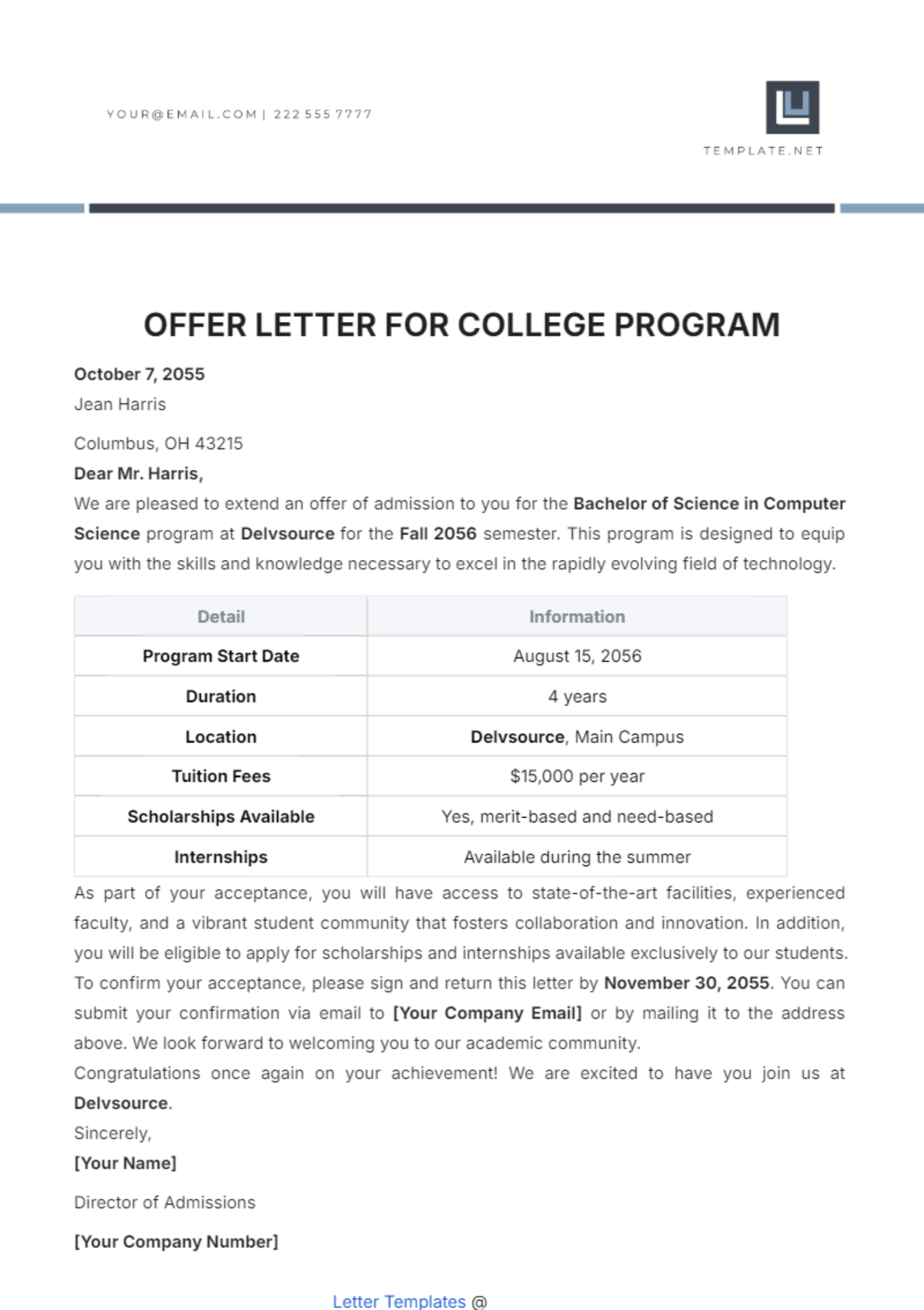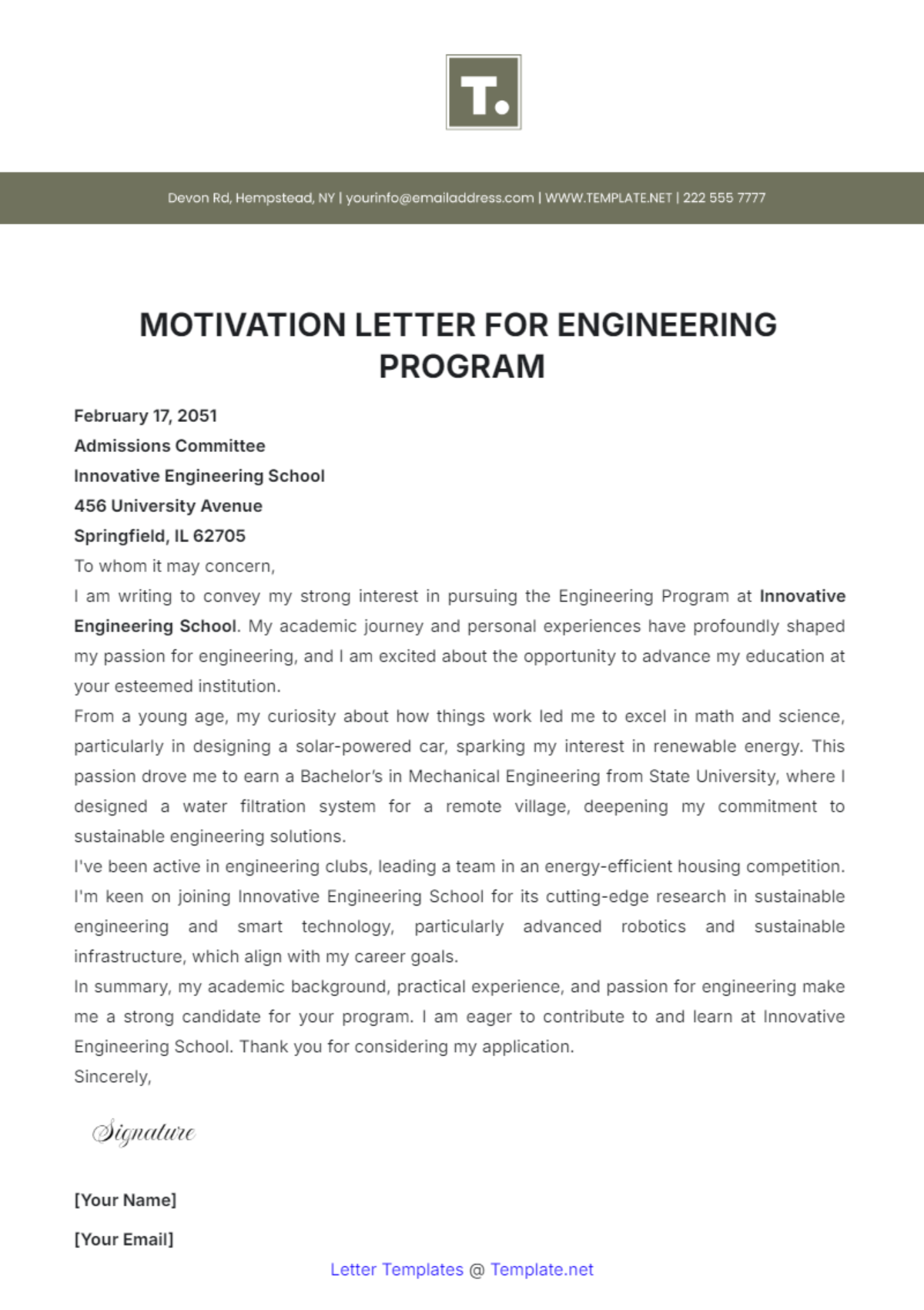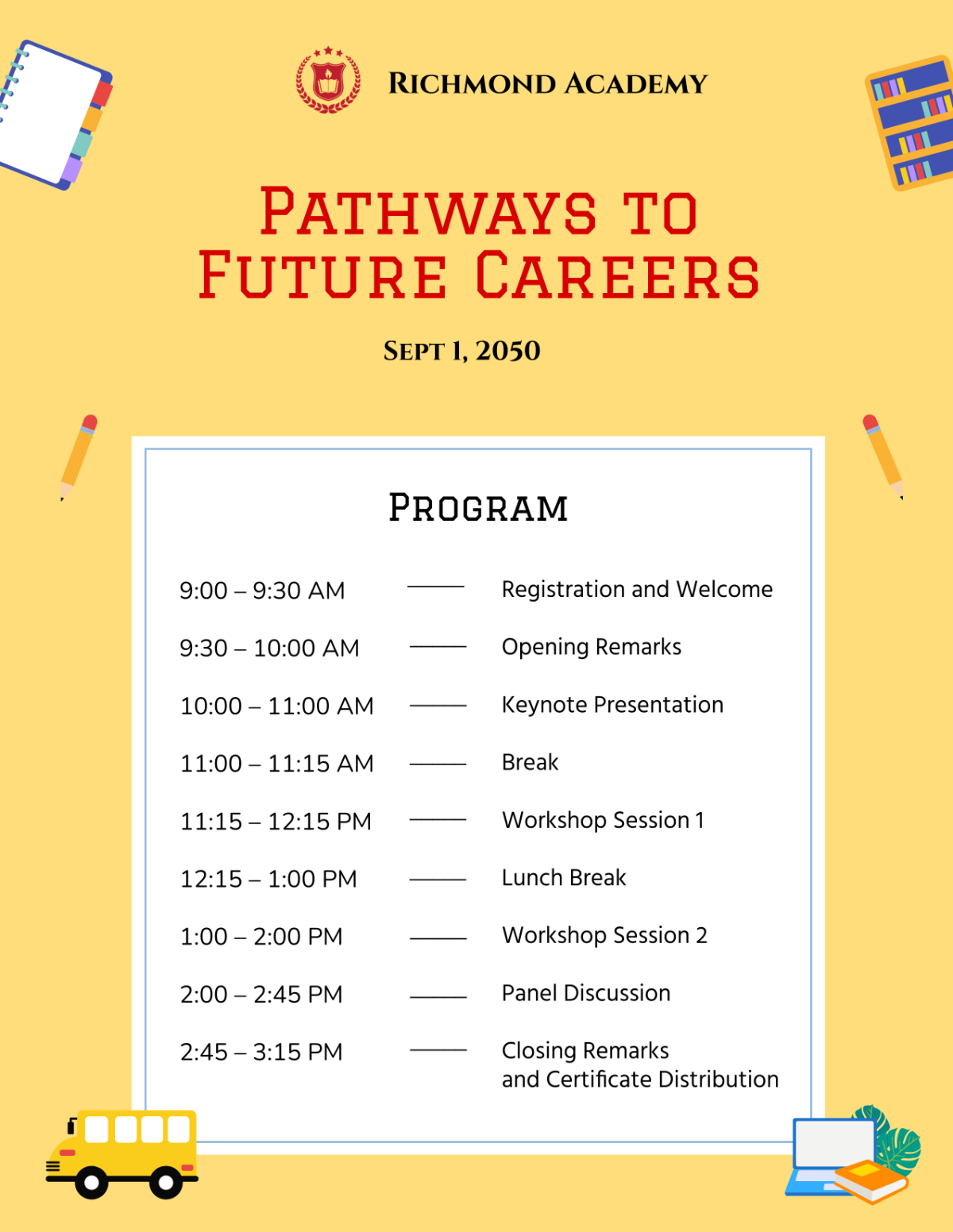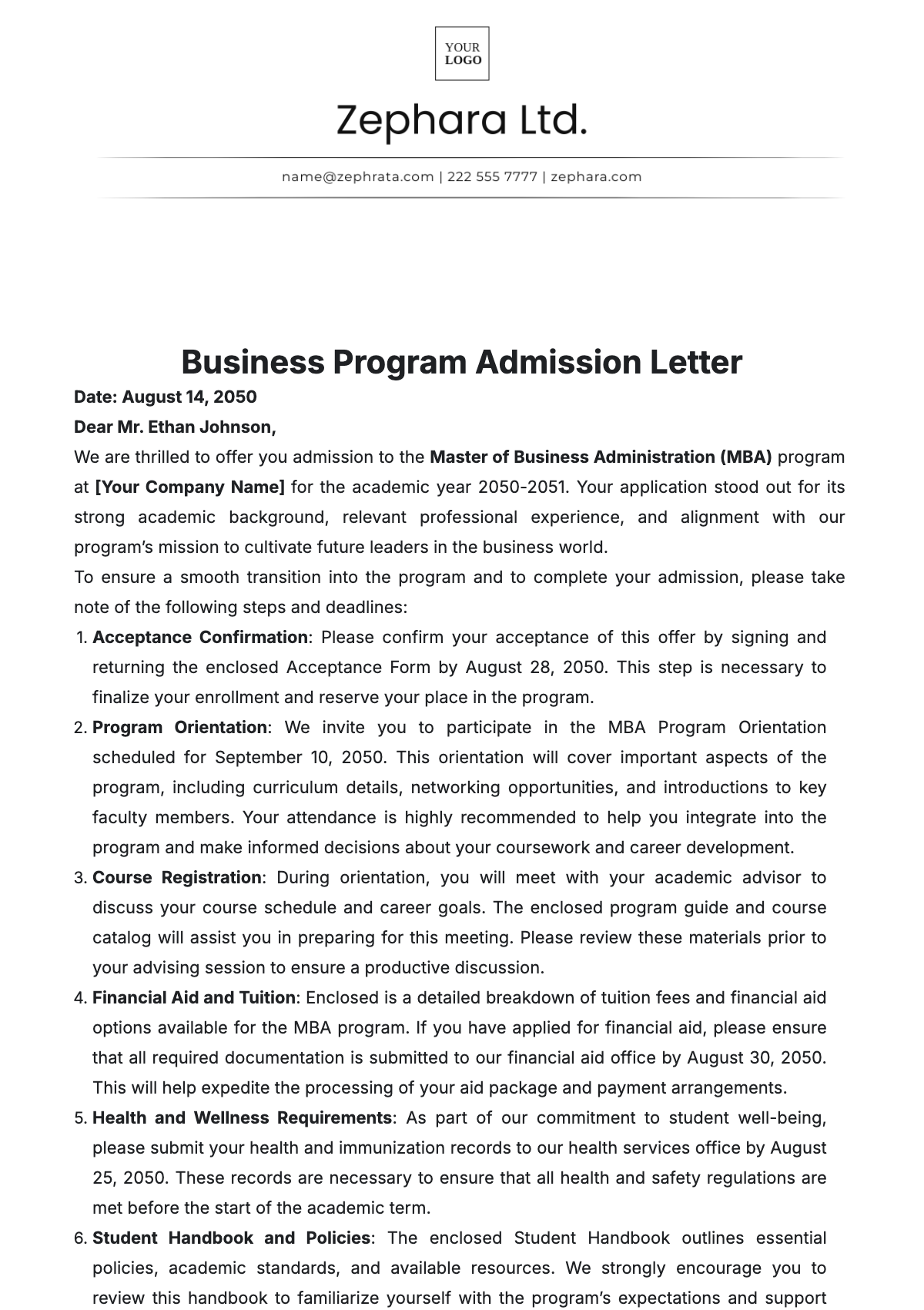Undergraduate Program Proposal Report
Name: [Your Name]
Date [Date]
1. Executive Summary
Program Name: Bachelor of Science in Data Science
Department: Department of Computer Science
Proposed Start Date: Fall 2050
Program Overview: The Bachelor of Science in Data Science program aims to equip students with the skills and knowledge necessary to analyze, interpret, and manage complex data sets. This program will integrate coursework in mathematics, statistics, computer science, and domain-specific applications.
Target Audience: High school graduates, current undergraduate students seeking a major change, and professionals looking to advance their skills in data science.
Summary of Key Points: The program will provide a solid foundation in data analysis, machine learning, and data visualization. Graduates will be prepared for careers in industries such as technology, finance, healthcare, and government.
2. Introduction
Purpose of the Proposal: To seek approval for the establishment of a new undergraduate program in Data Science.
Background Information: With the increasing importance of data in decision-making across various industries, there is a growing demand for professionals skilled in data science. This program aims to address this demand by providing a comprehensive education in data science principles and practices.
Rationale for the Program: The program will fill a critical gap in our current offerings, attract a diverse student body, and enhance the university's reputation as a leader in cutting-edge education.
3. Program Objectives and Structure
Primary Objectives:
To develop students' ability to apply data science techniques to real-world problems.
To enhance critical thinking and problem-solving skills through rigorous coursework and practical experiences.
Specific Goals:
Ensure graduates can design and implement data-driven solutions.
Prepare students for advanced studies in data science or related fields.
Learning Outcomes:
Graduates will demonstrate proficiency in data analysis and statistical methods.
Graduates will be able to develop and deploy machine learning models.
Graduates will effectively communicate data insights to diverse audiences.
Degree Requirements:
Core Courses: Introduction to Data Science, Statistical Methods, Machine Learning, Data Visualization, Database Systems.
Elective Courses: Big Data Analytics, Artificial Intelligence, Computational Biology, Data Ethics, Business Intelligence.
Capstone Project/Thesis: A year-long project involving real-world data challenges in partnership with industry or academic researchers.
Program Duration: 4 years (full-time)
Credit Hours: 120 credits
4. Market Analysis
Demand for the Program: Data from the Bureau of Labor Statistics projects a 30% growth in data science jobs over the next decade, reflecting the high demand for skilled data professionals.
Target Student Demographics: Students from diverse backgrounds with strong analytical and mathematical skills, including recent high school graduates and current undergraduates seeking a major change.
Competitive Analysis: Several universities offer data science programs, but our program’s unique integration of interdisciplinary courses and emphasis on practical experience sets it apart.
Employment Opportunities for Graduates: Graduates will find opportunities in various sectors including technology, finance, healthcare, government, and academia. Roles include data analyst, data scientist, machine learning engineer, and business intelligence analyst.
5. Curriculum Development
Course Content and Syllabus:
Introduction to Data Science: Overview of data science field, tools, and techniques.
Statistical Methods: Probability theory, inferential statistics, and regression analysis.
Machine Learning: Supervised and unsupervised learning, neural networks, and model evaluation.
Data Visualization: Techniques for visualizing data, use of tools like Tableau and D3.js.
Database Systems: SQL, NoSQL databases, and data warehousing.
Integration of Practical and Theoretical Learning: Courses will include hands-on labs, projects, and collaborations with industry partners to provide practical experience alongside theoretical knowledge.
Faculty Involvement: Faculty with expertise in data science, statistics, computer science, and domain-specific applications will be involved in curriculum development and delivery.
6. Admission Requirements
6.1 Eligibility Criteria:
High school diploma or equivalent with a strong background in mathematics and science.
Minimum GPA requirement (e.g., 3.0 on a 4.0 scale).
SAT/ACT scores (optional but recommended).
6.2 Application Process:
Online application form.
Submission of high school transcripts.
Personal statement outlining interest in data science.
Letters of recommendation (optional).
6.3 Selection Criteria:
Academic performance.
Demonstrated interest in data science through coursework or extracurricular activities.
Potential for success in a rigorous academic program.
7. Resources and Budget
Resource Category | Details | Estimated Cost | Funding Source |
|---|---|---|---|
Faculty and Staff Requirements |
| $300,000 annually | University budget allocation |
Library and Learning Resources |
| $50,000 annually | University budget allocation, Grants from industry partners |
Laboratories and Equipment |
| $100,000 (one-time setup) and $20,000 annually (maintenance and updates) | University budget allocation, Grants from industry partners |
Classroom and Study Spaces |
| $50,000 (one-time setup) | University budget allocation |
Program Development Costs |
| $500,000 (one-time) | University budget allocation, Grants from industry partners |
Operational Costs |
| $200,000 annually | Tuition fees, University budget allocation |
Marketing and Recruitment |
| $30,000 annually | University budget allocation, Grants from industry partners |
8. Evaluation and Implementation Plan
8.1 Program Evaluation Methods:
Regular review of course content and outcomes.
Student feedback through surveys and focus groups.
Assessment of graduates’ success in the job market.
8.2 Student Assessment Methods:
Exams, projects, and presentations.
Continuous assessment through assignments and labs.
Capstone project evaluation by faculty and industry partners.
8.3 Timeline for Program Launch:
Year 1: Curriculum development, faculty hiring.
Year 2: Marketing and recruitment, resource allocation.
Year 3: Program launch, first cohort admission.
8.4 Key Milestones:
Approval of proposal by the university board.
Completion of curriculum development.
Hiring of faculty and staff.
Enrollment of the first cohort of students.
8.5 Responsible Parties:
Program Director.
Department Chair.
Faculty members.
8.6 Risk Management Plan:
Identification of potential risks (e.g., low enrollment, budget shortfalls).
Development of mitigation strategies (e.g., marketing campaigns, partnerships).
Regular review and adjustment of the risk management plan.
